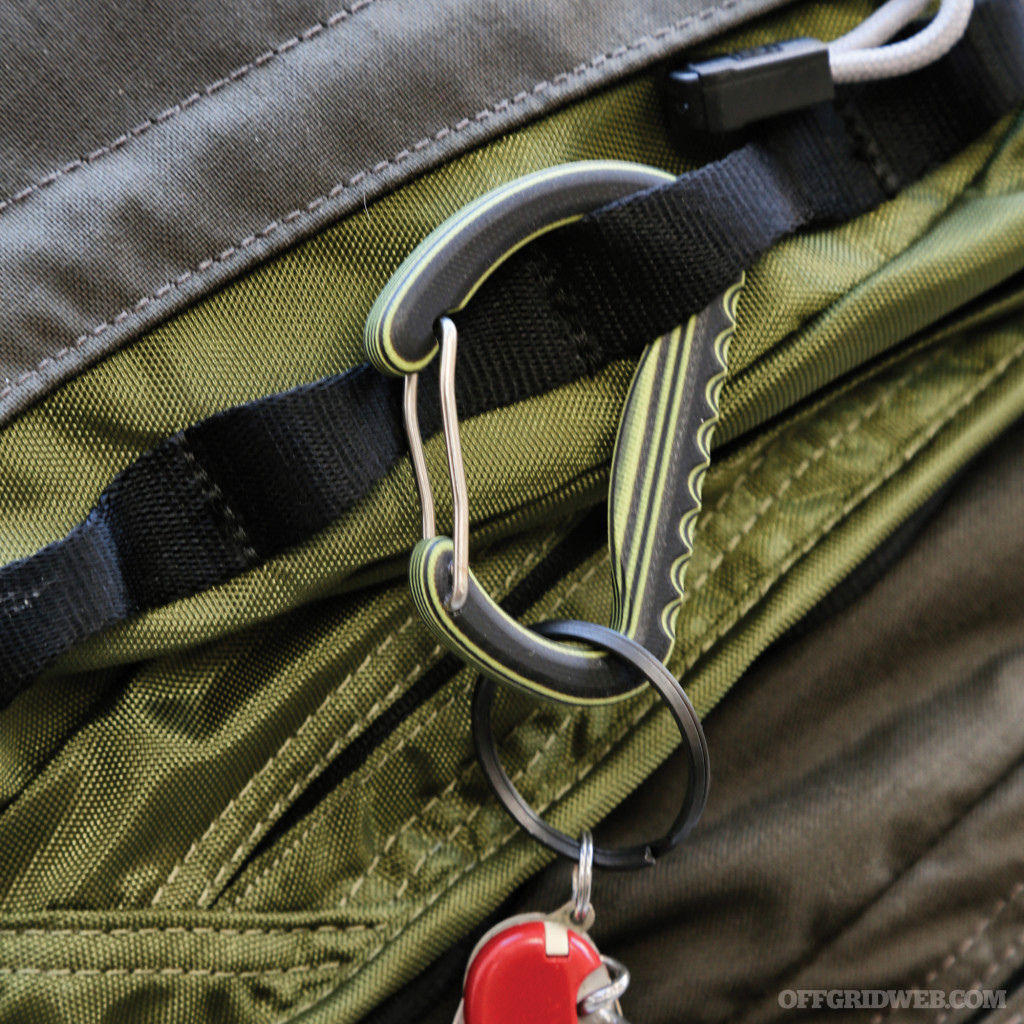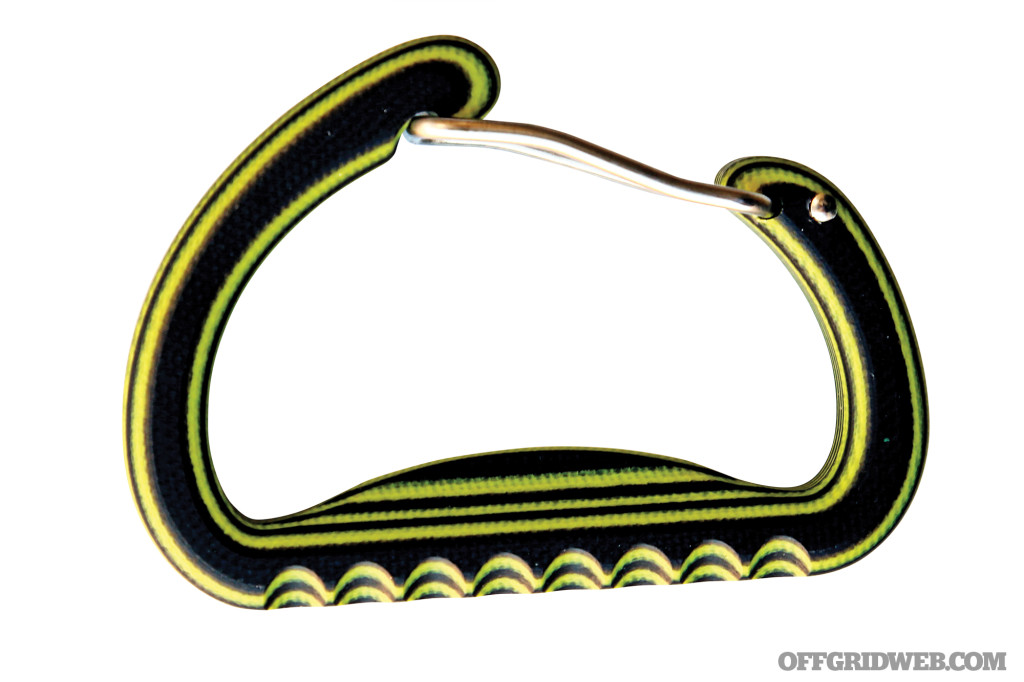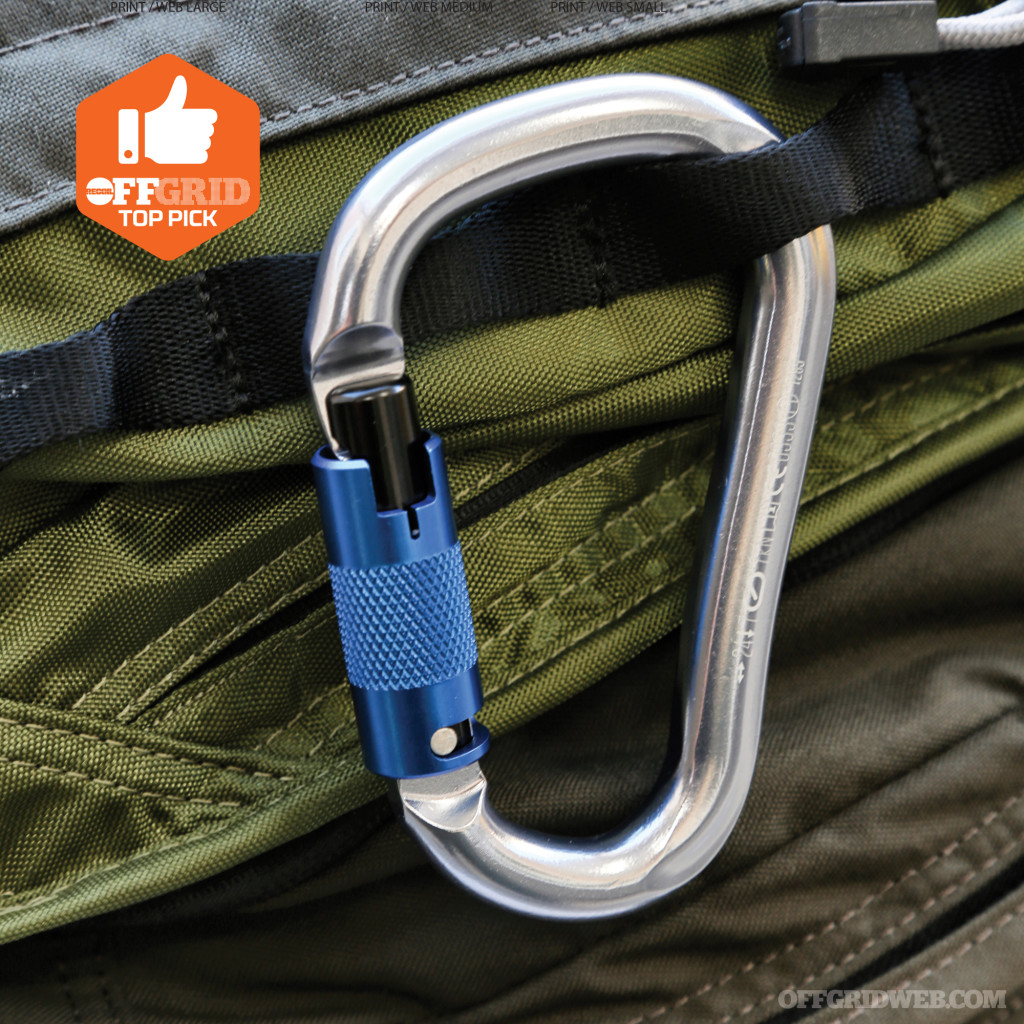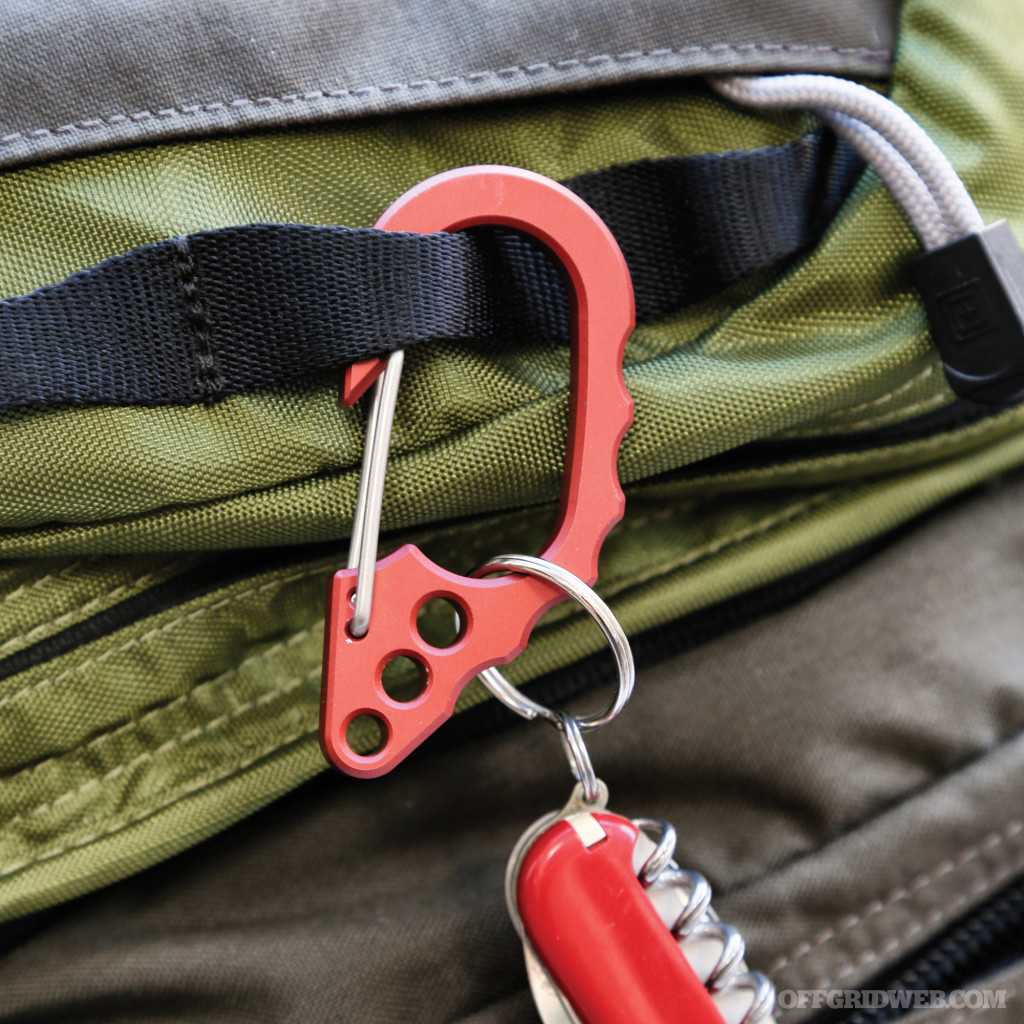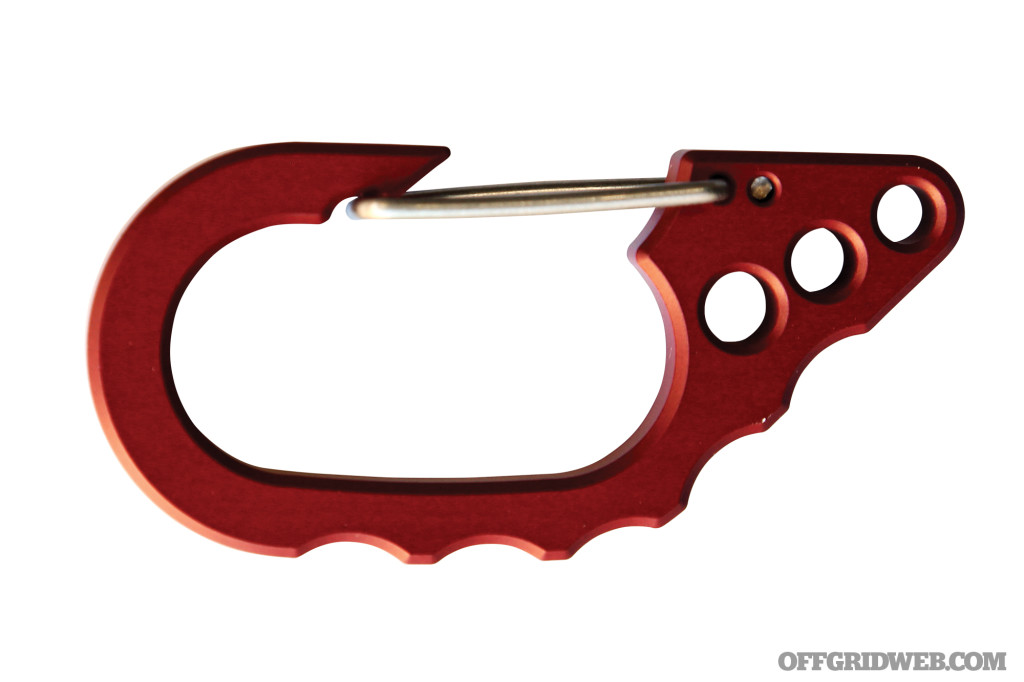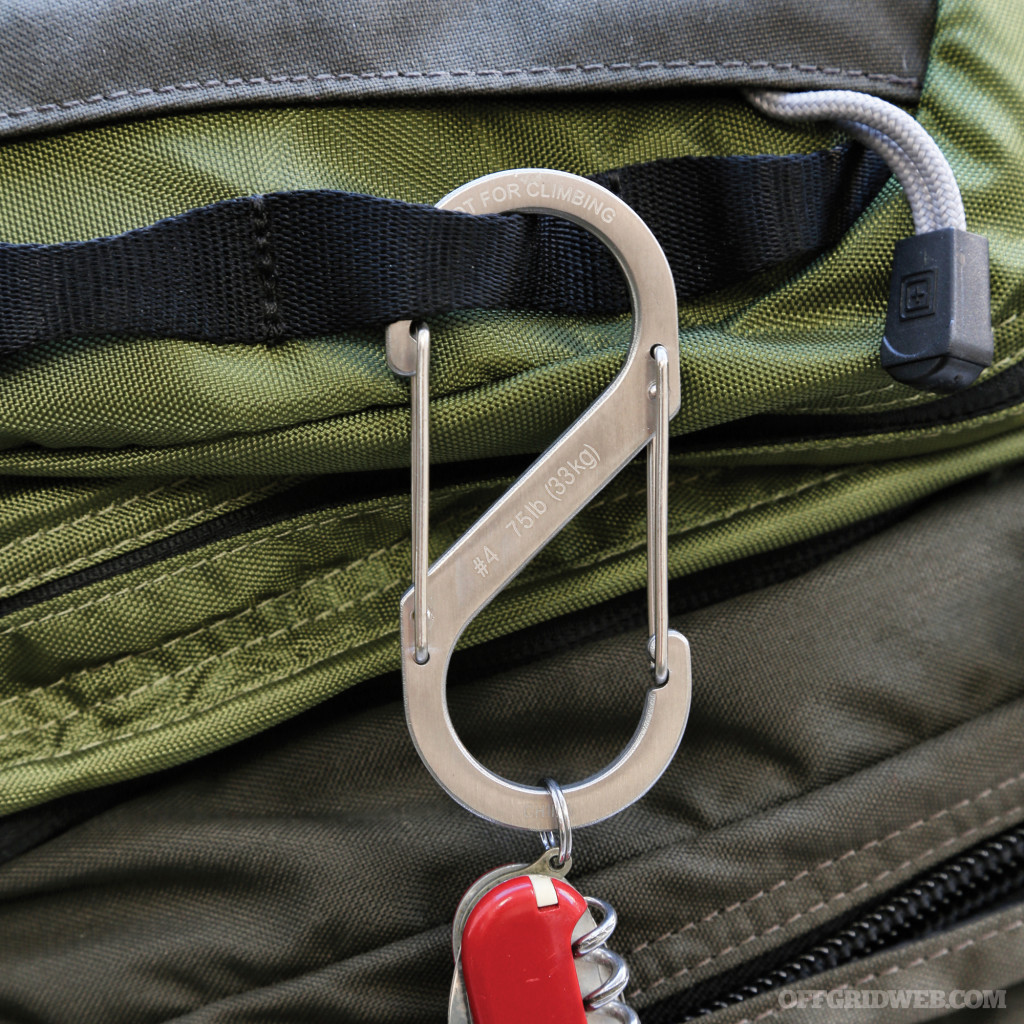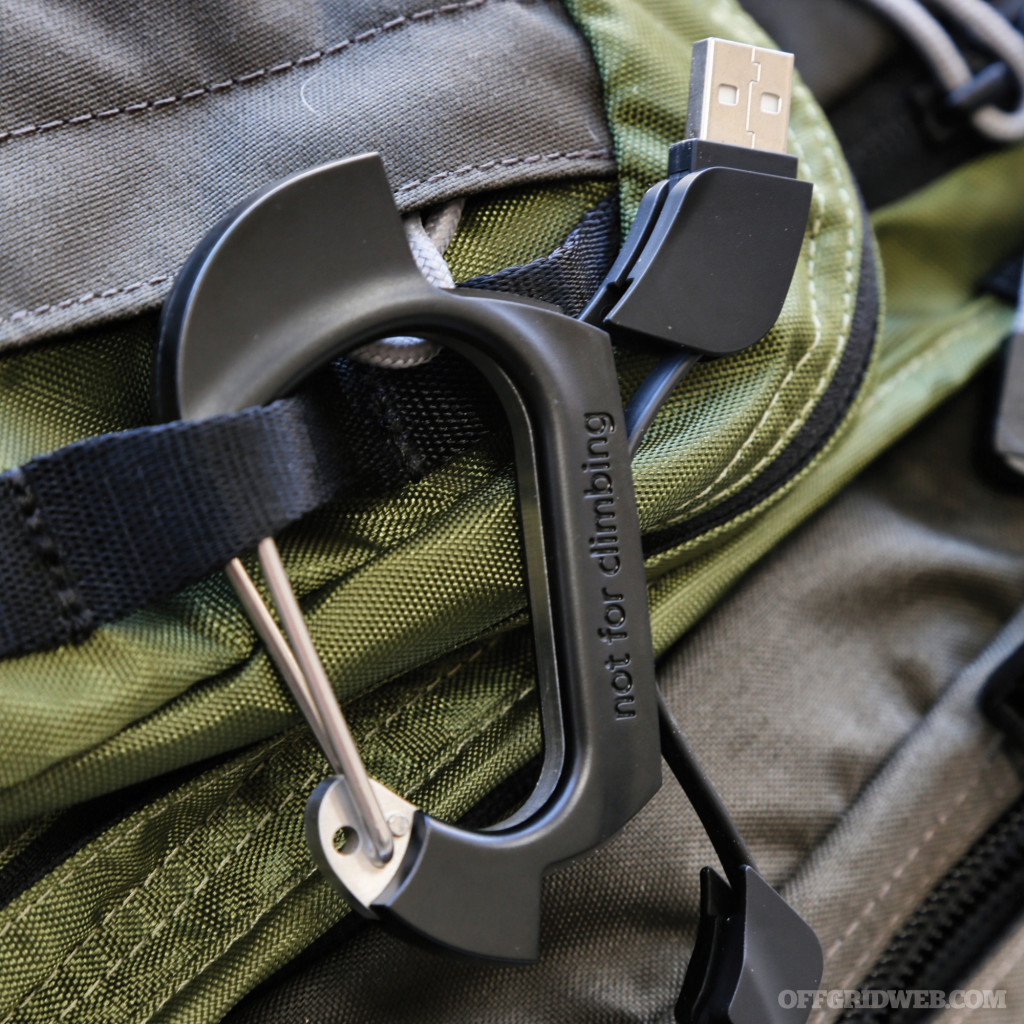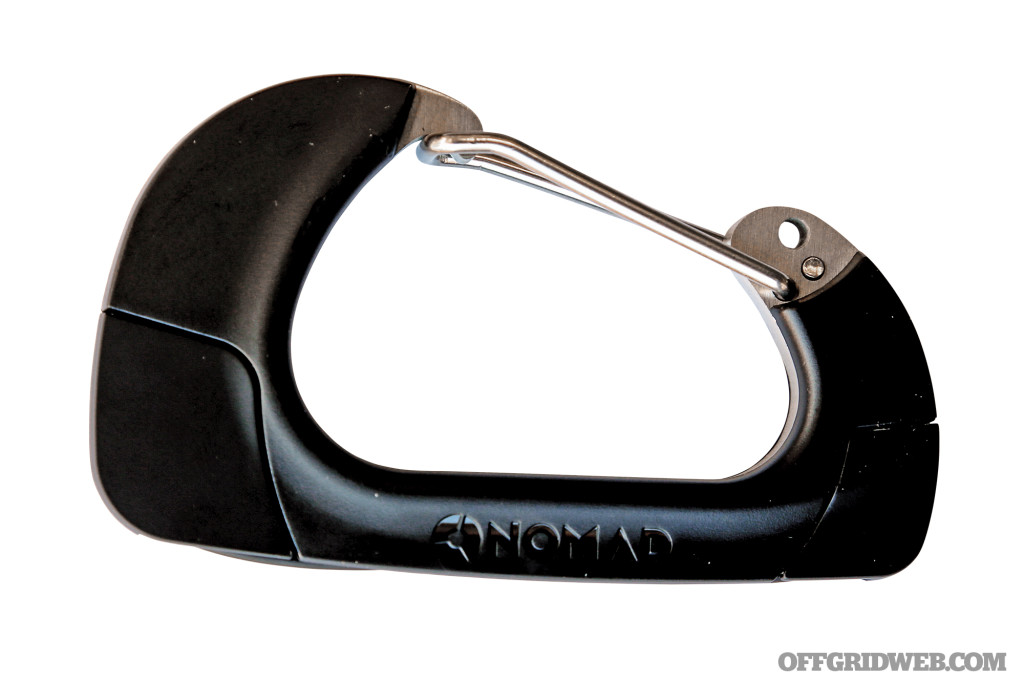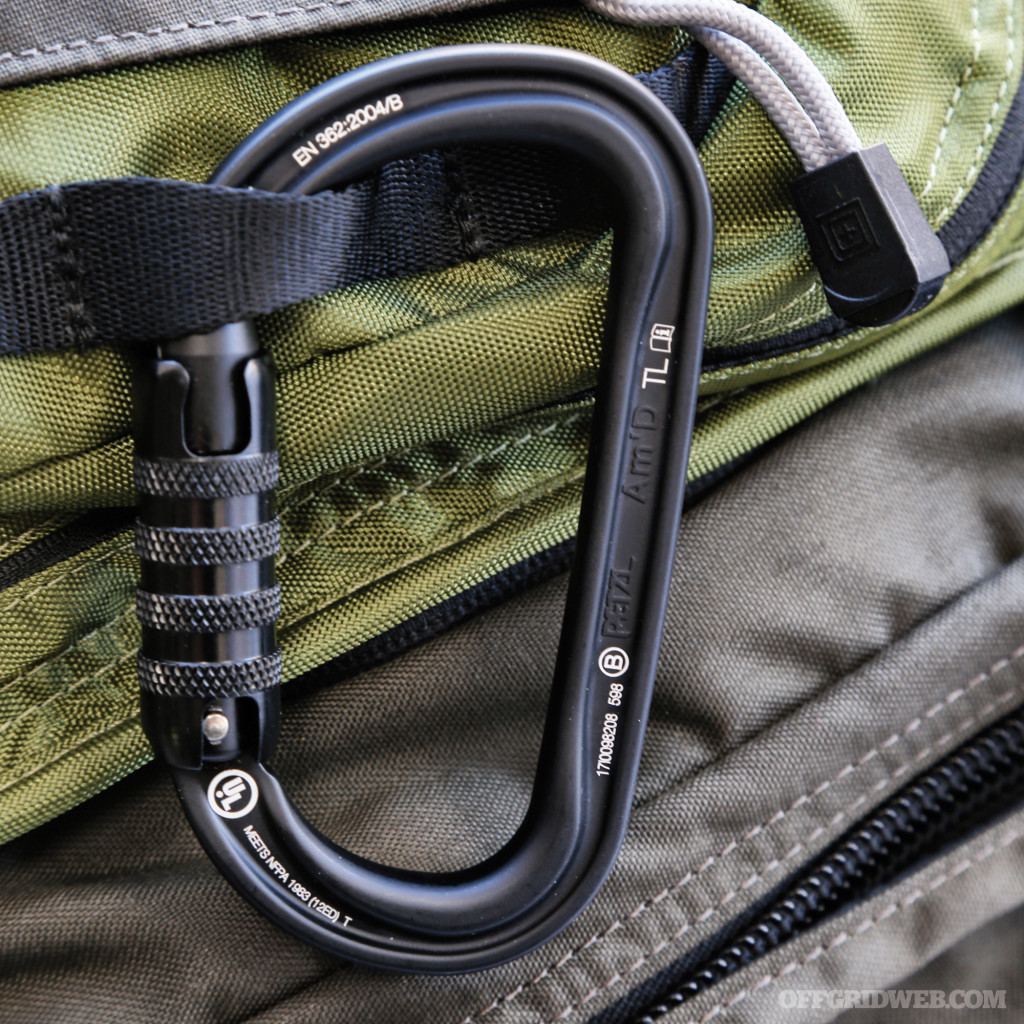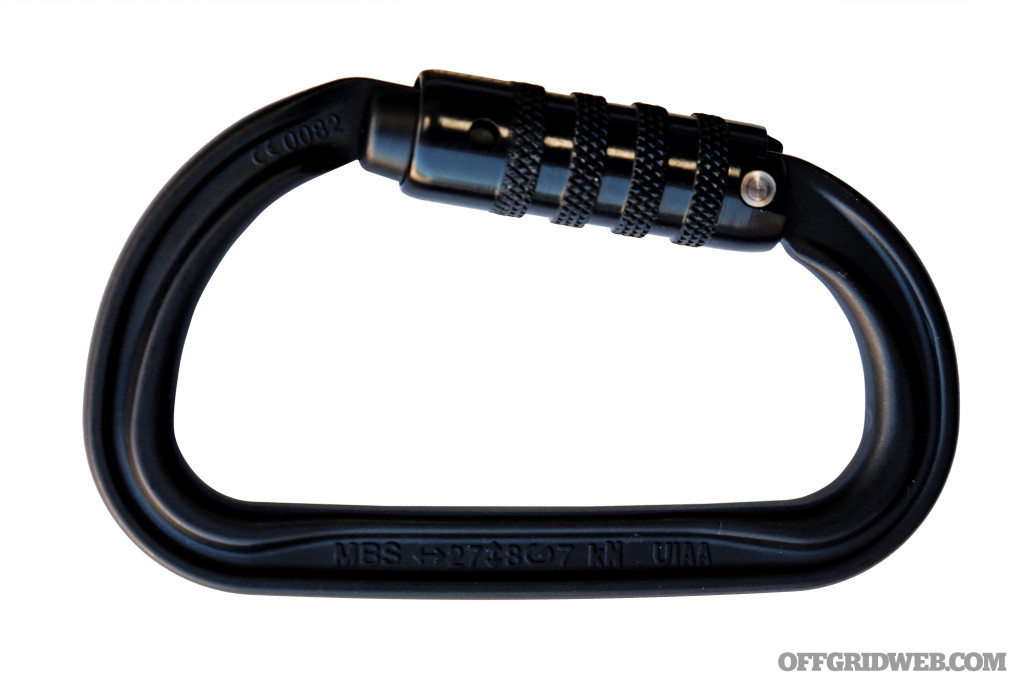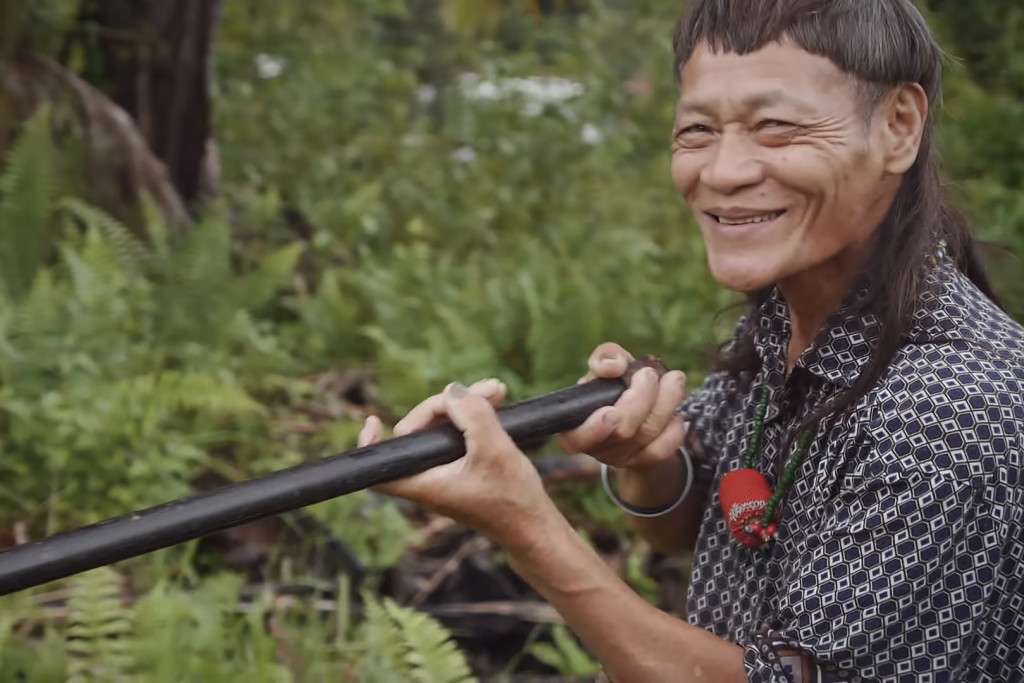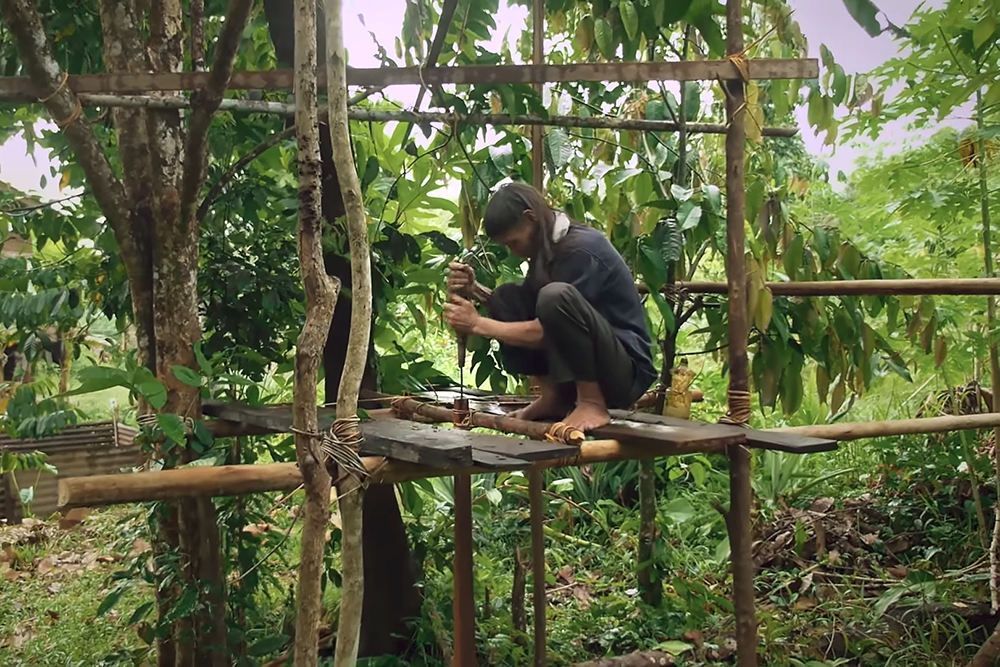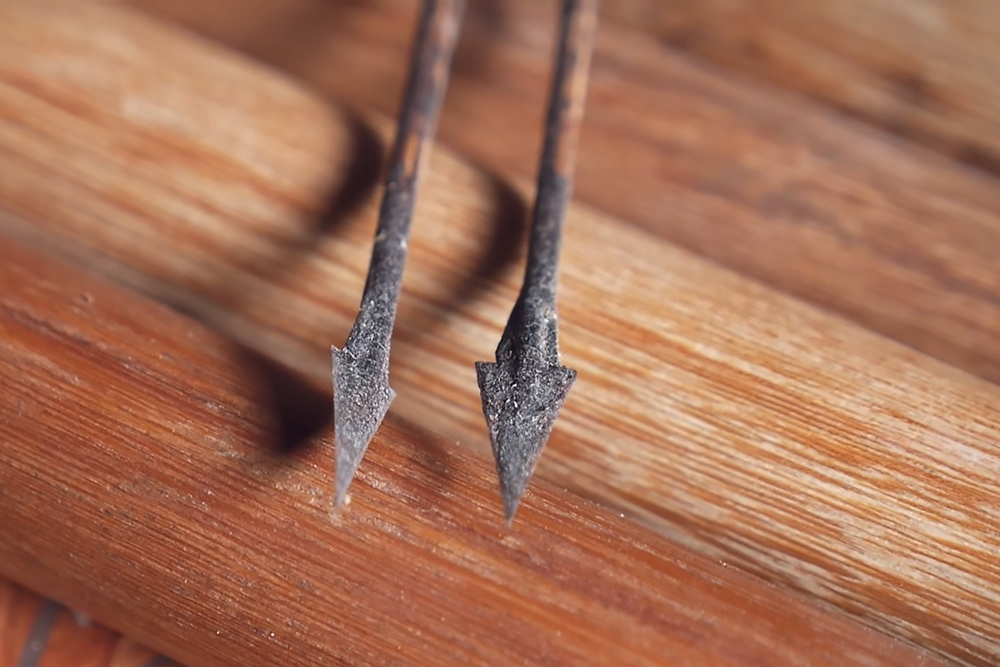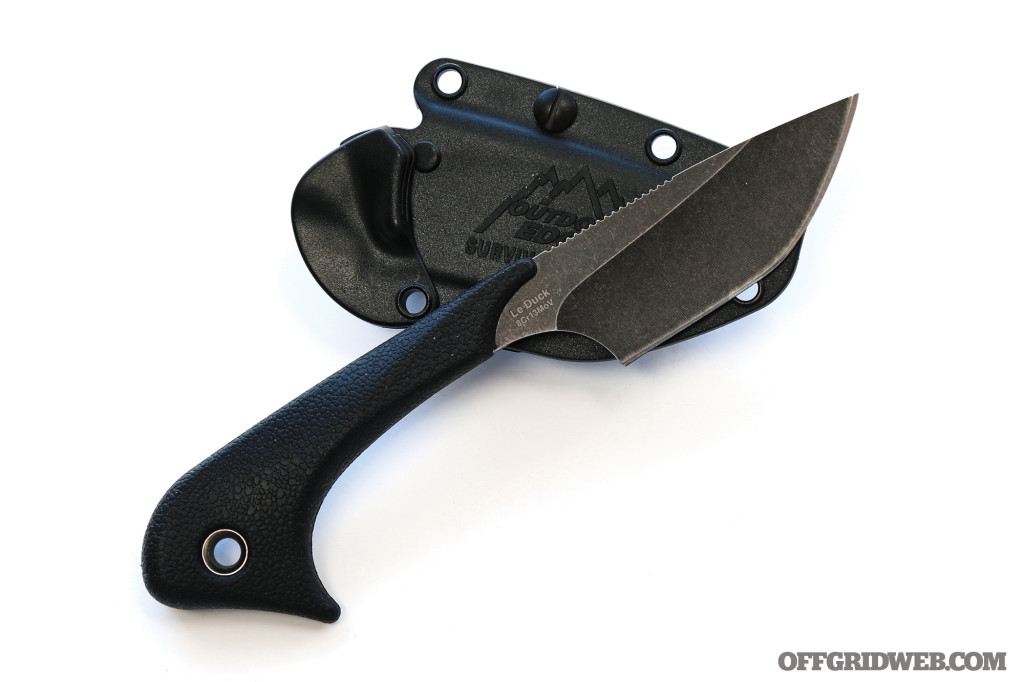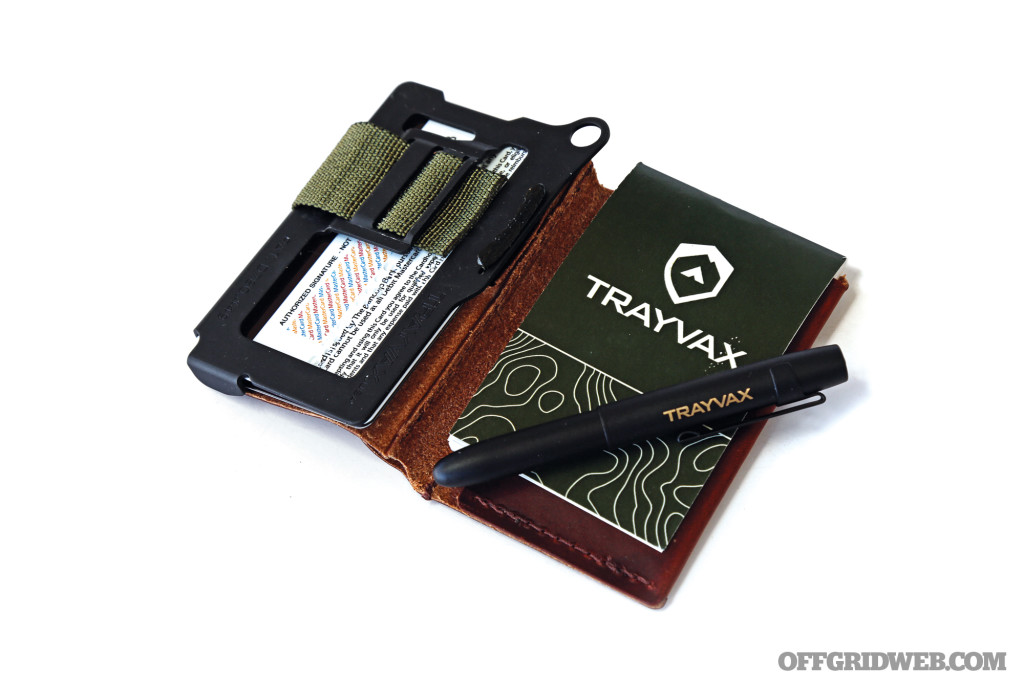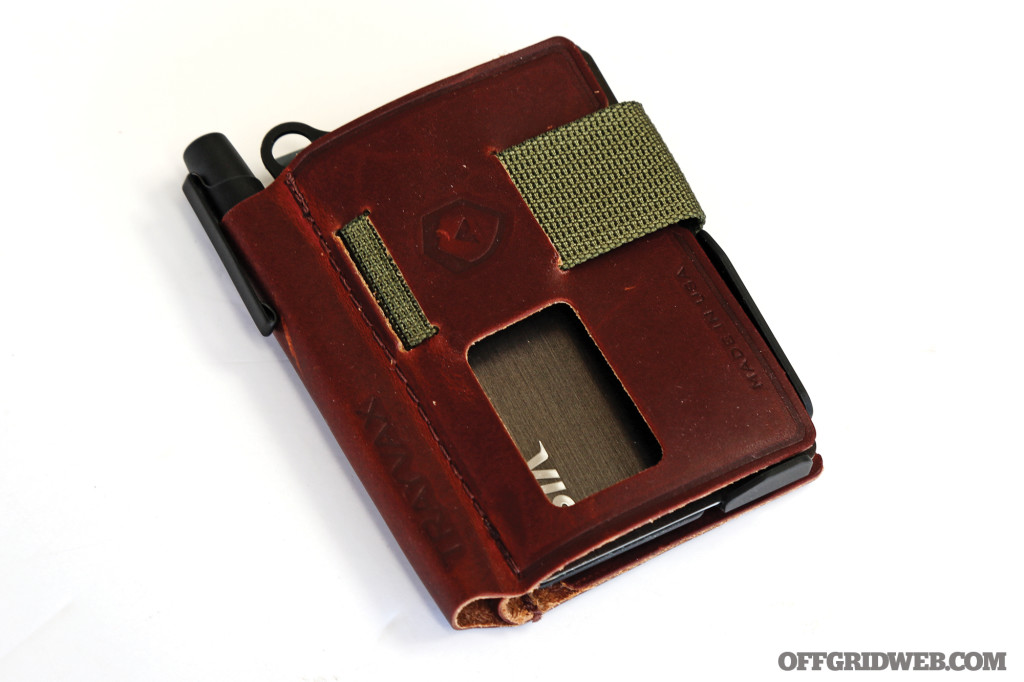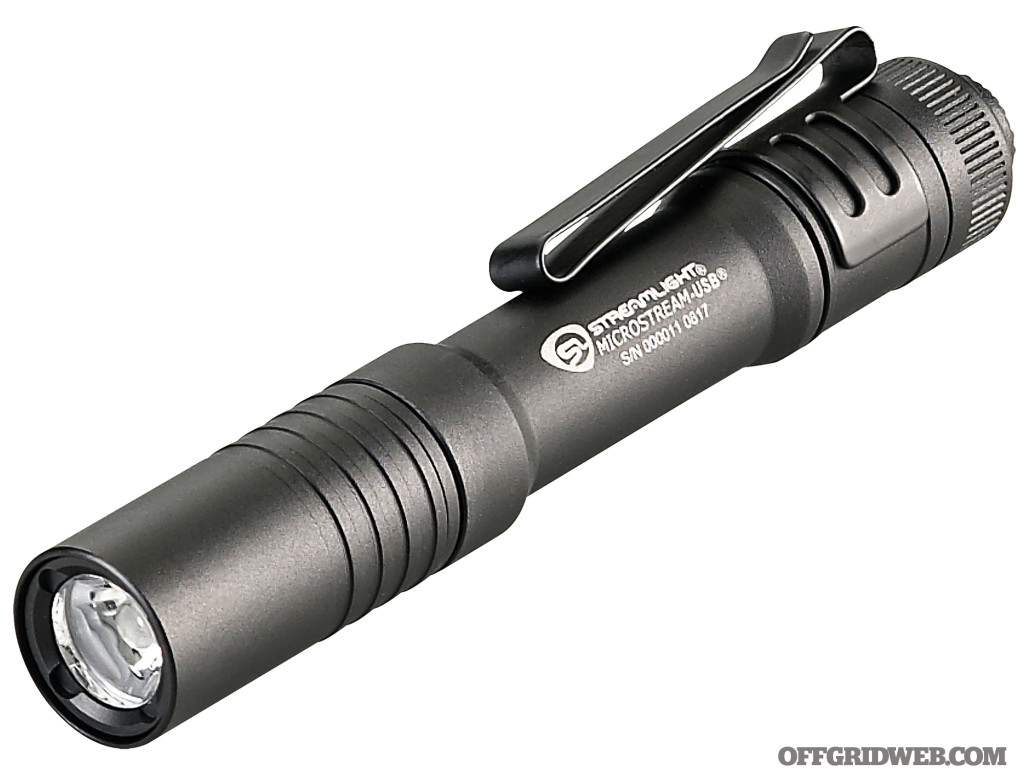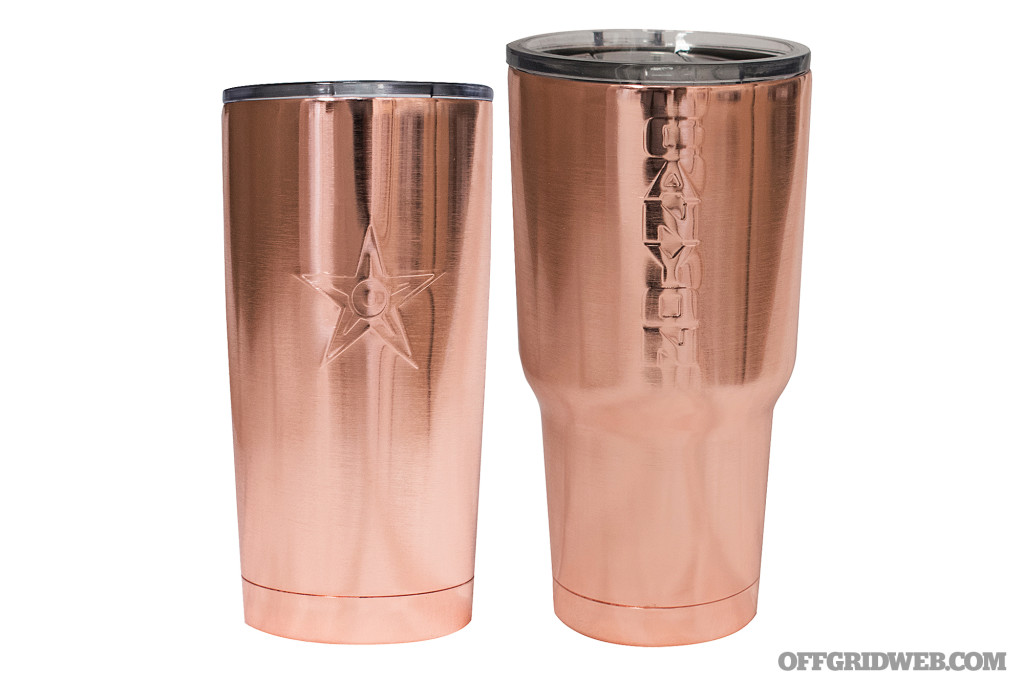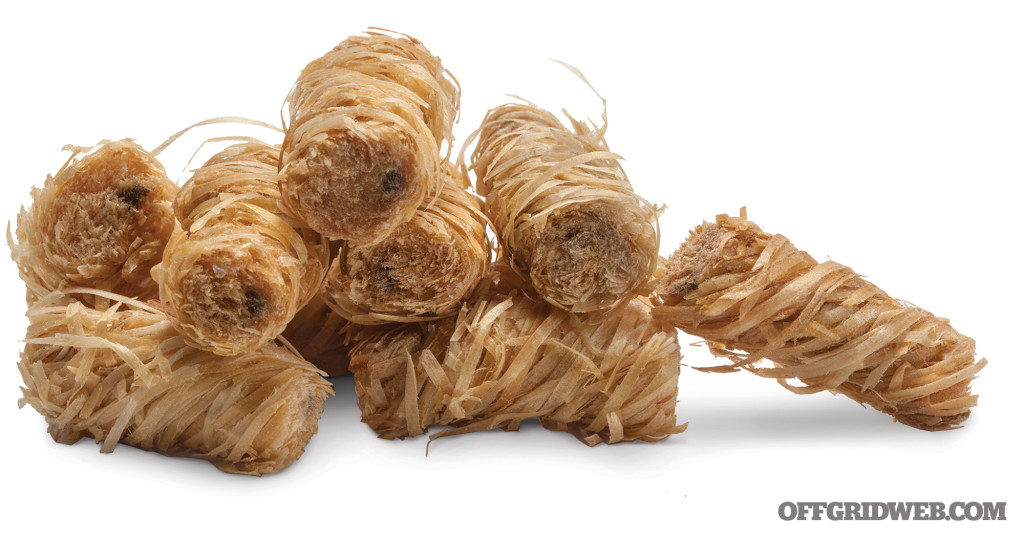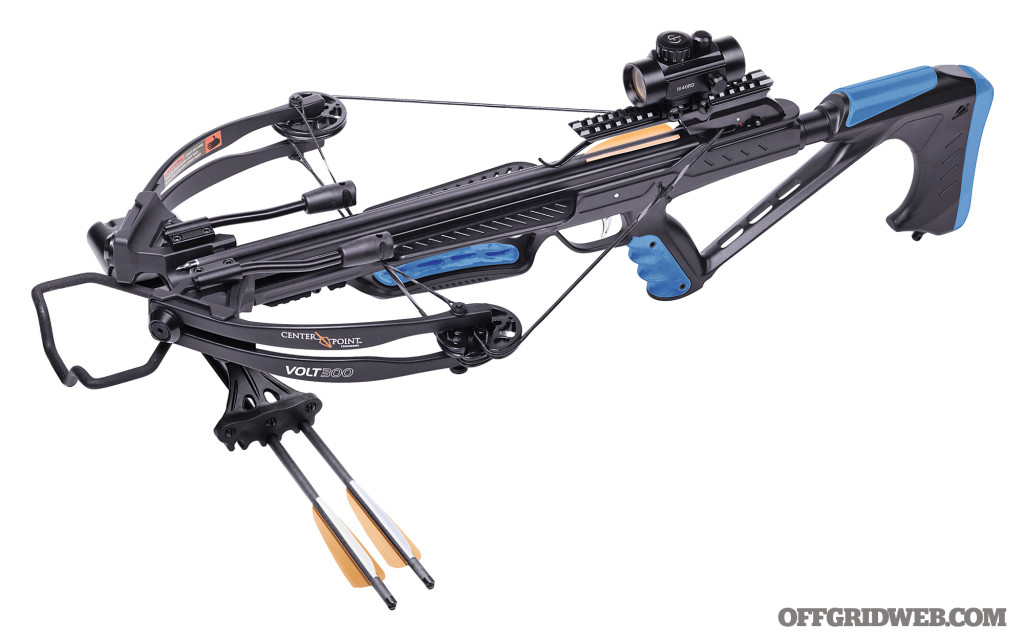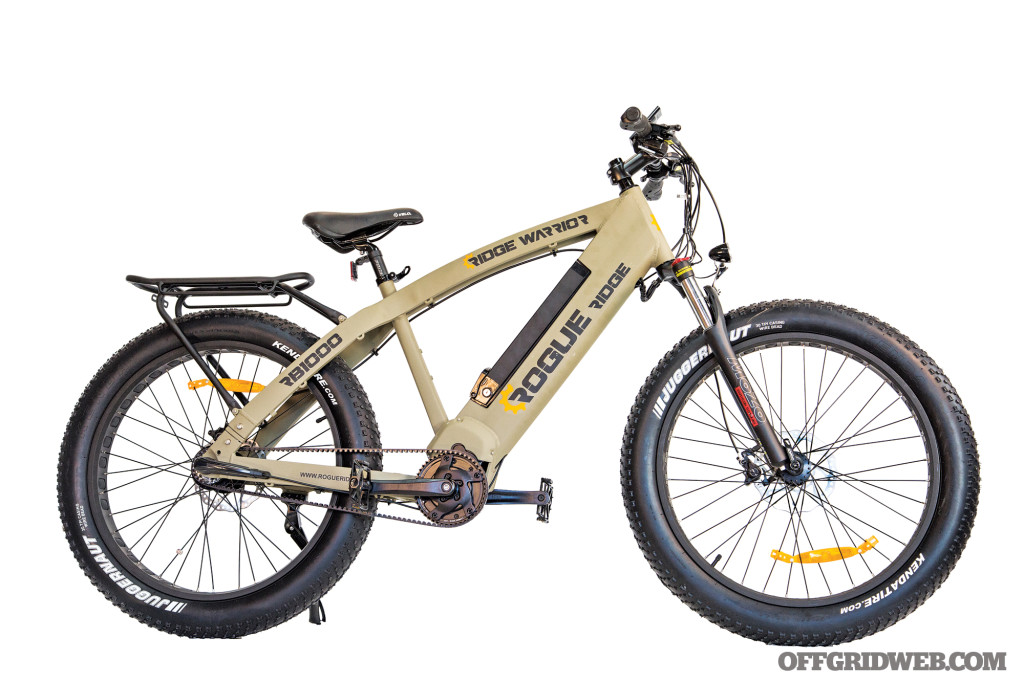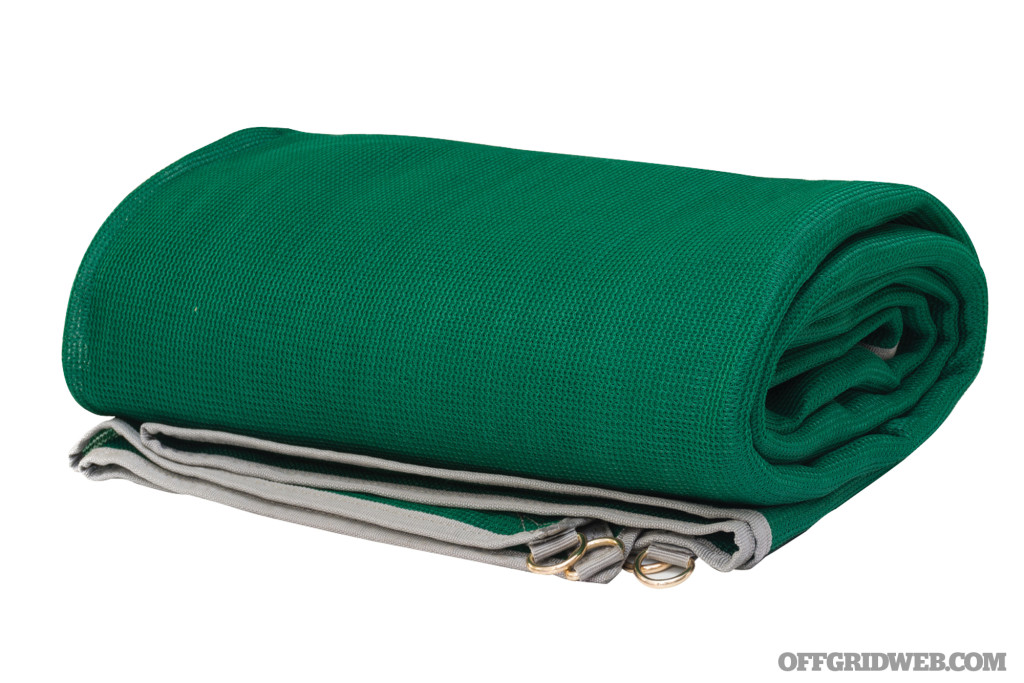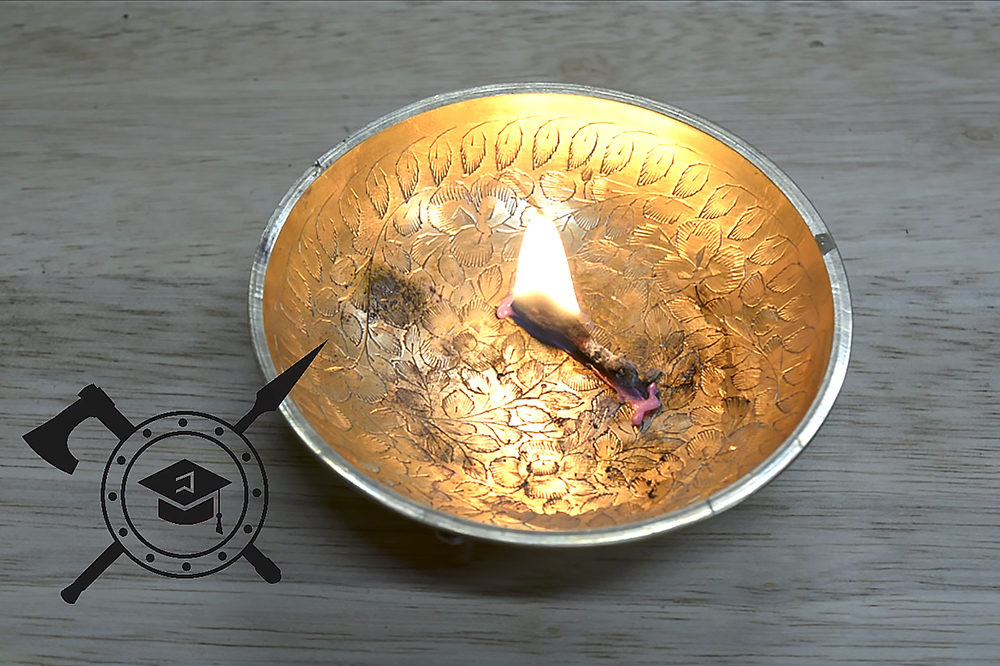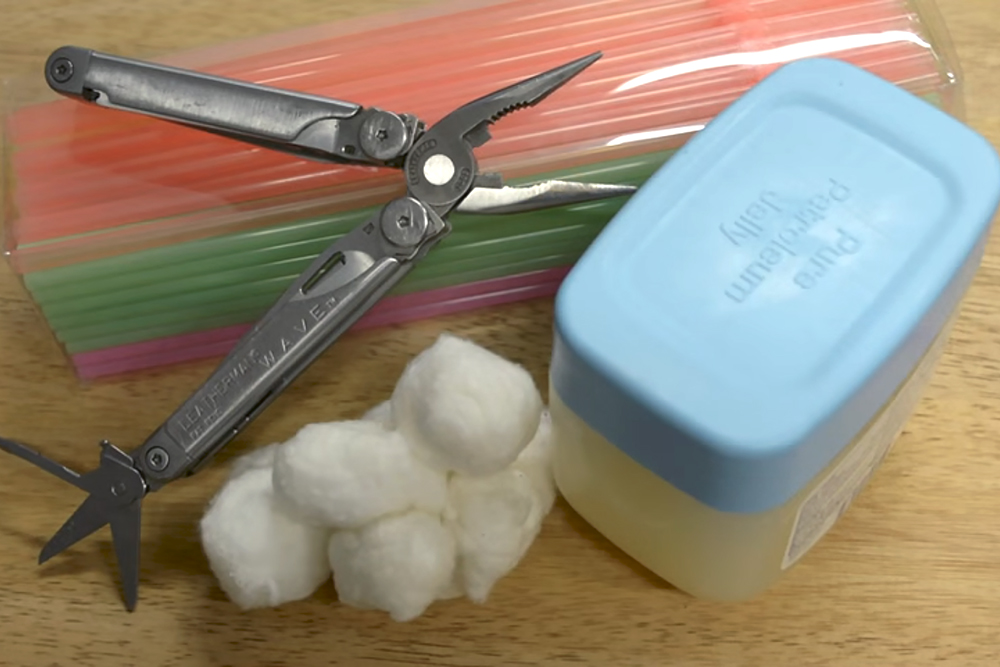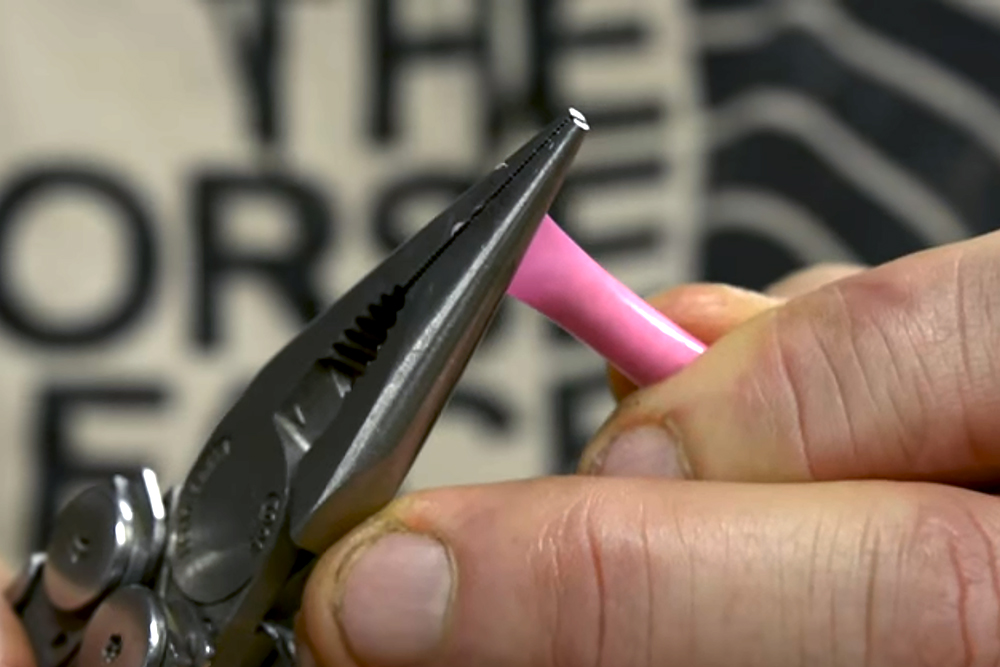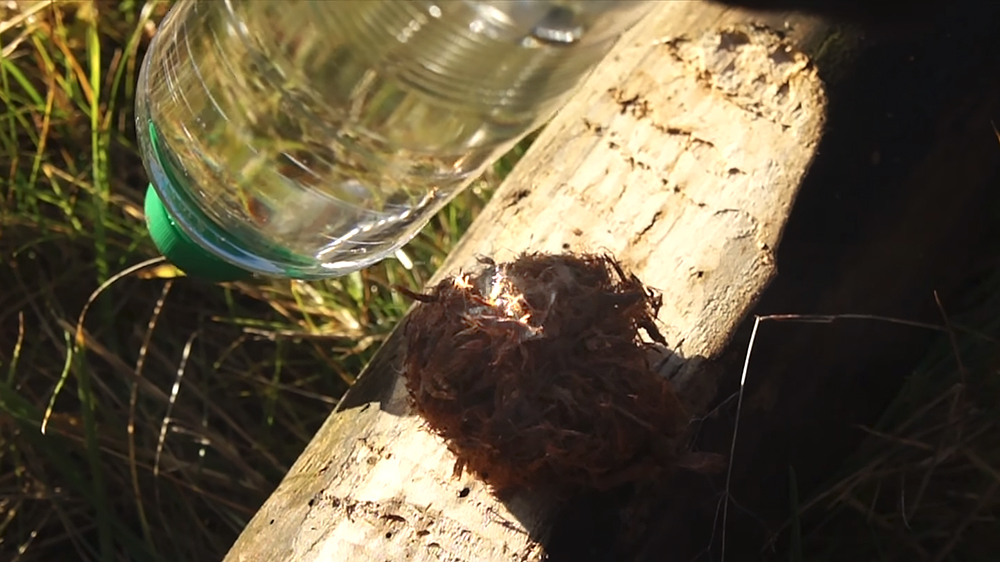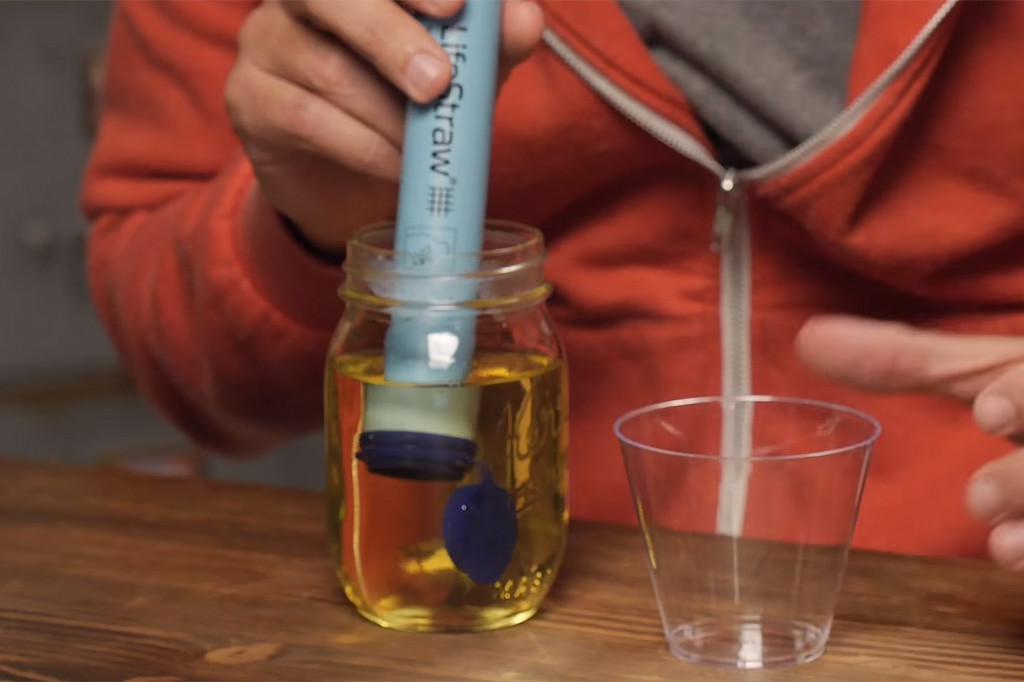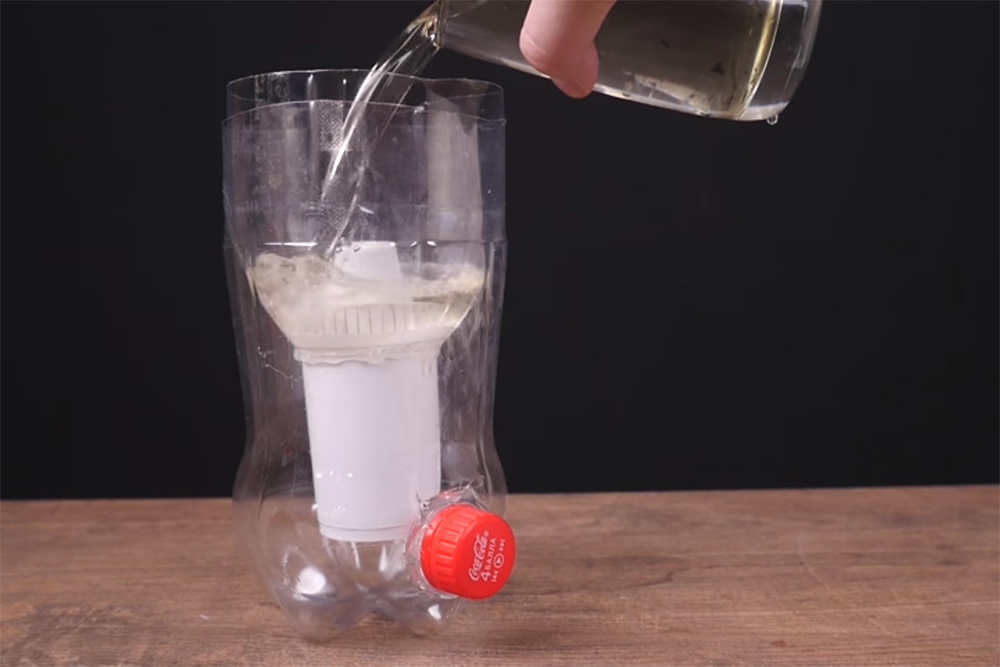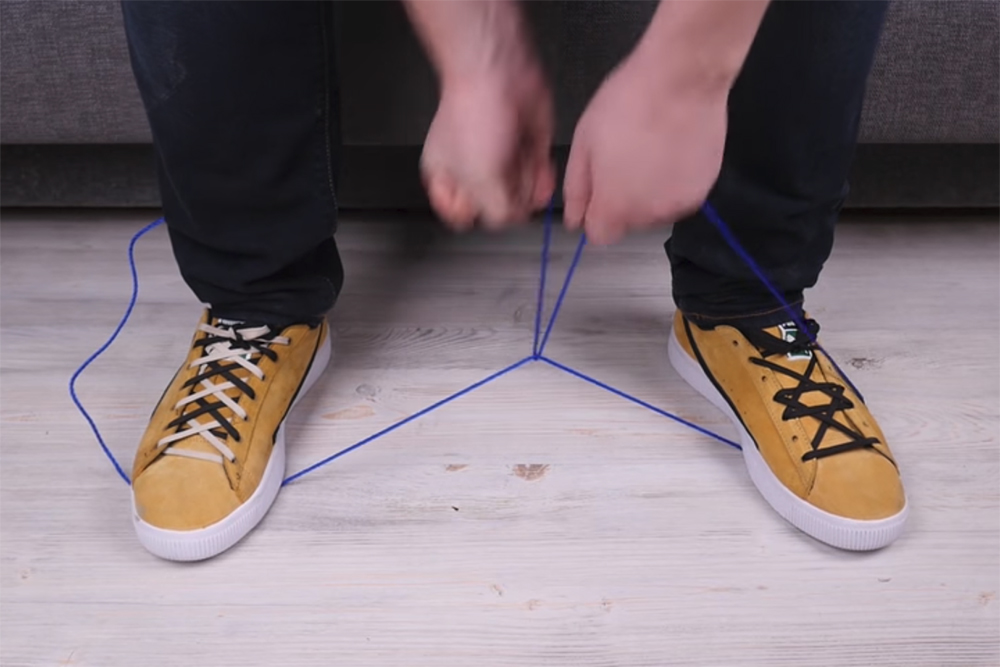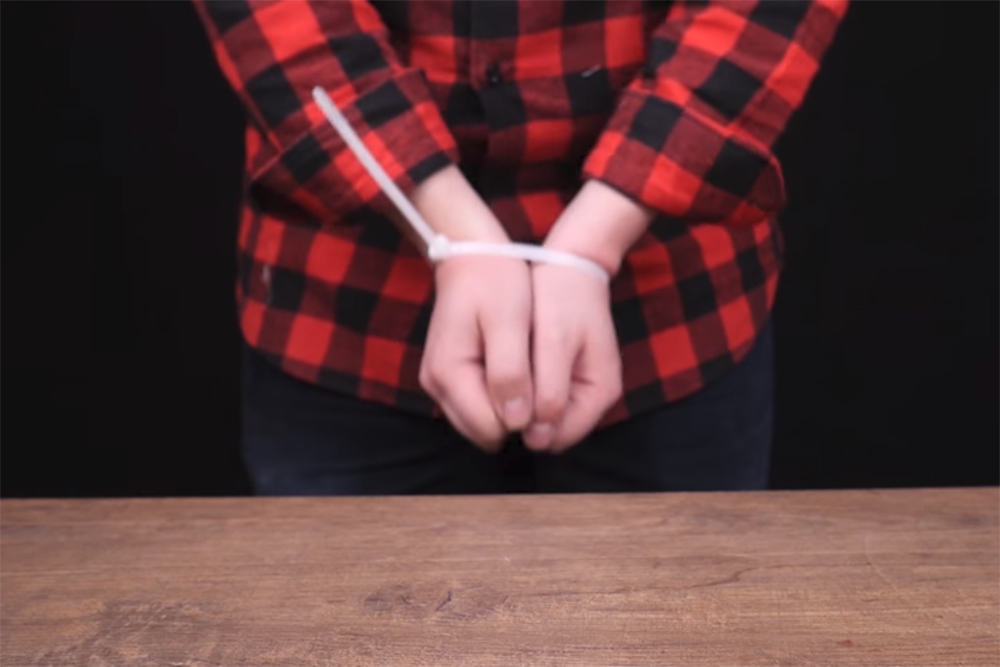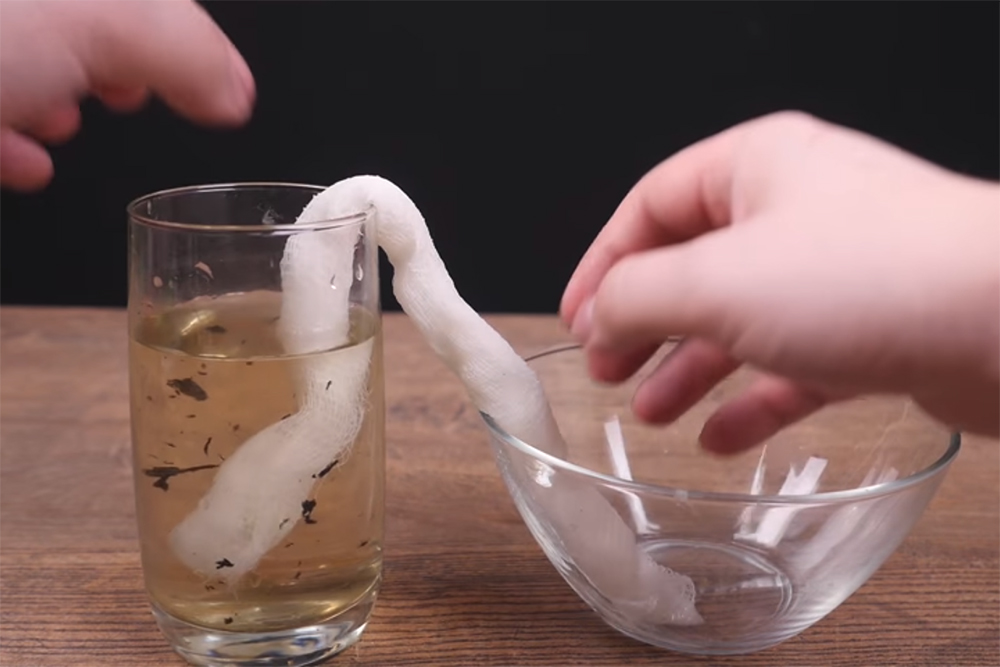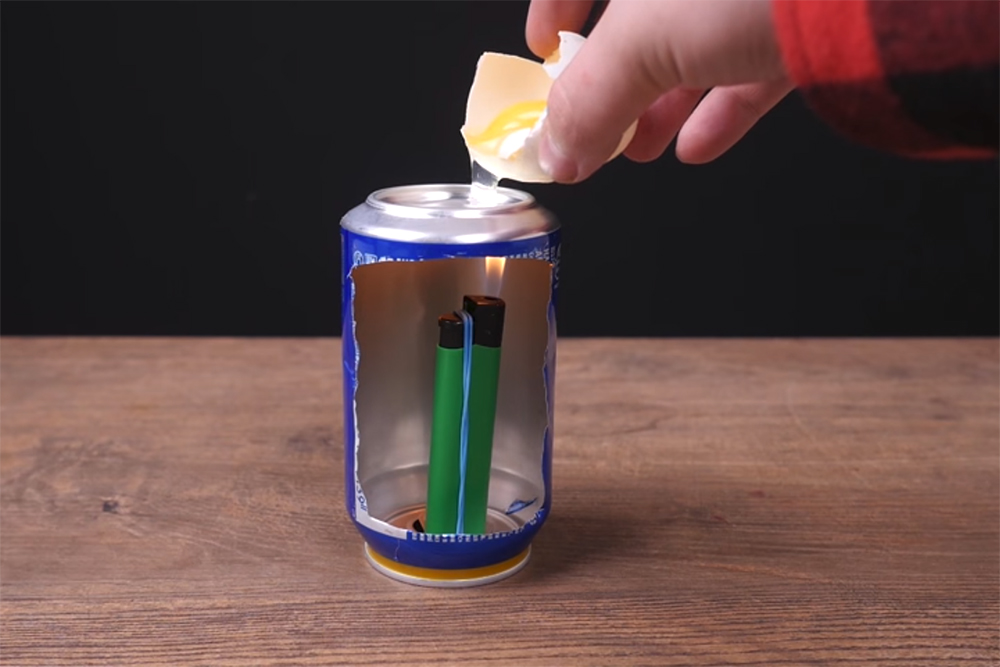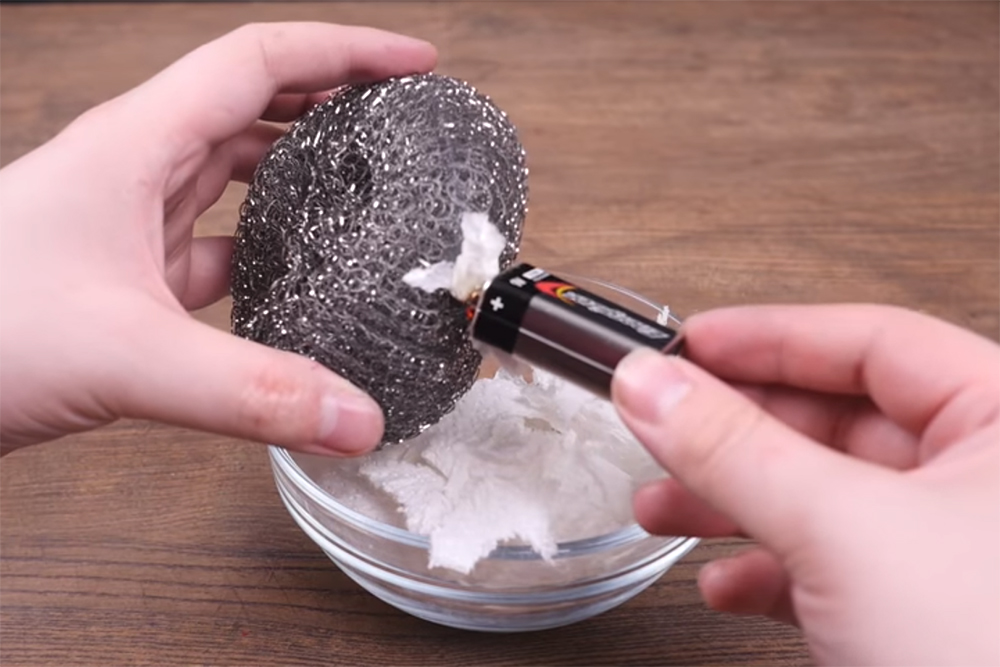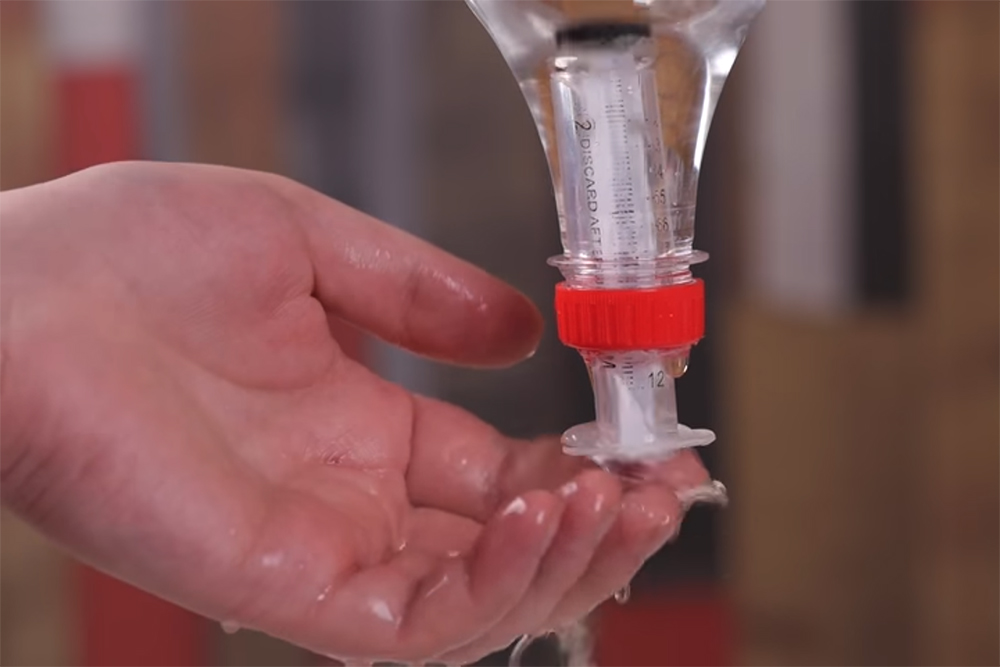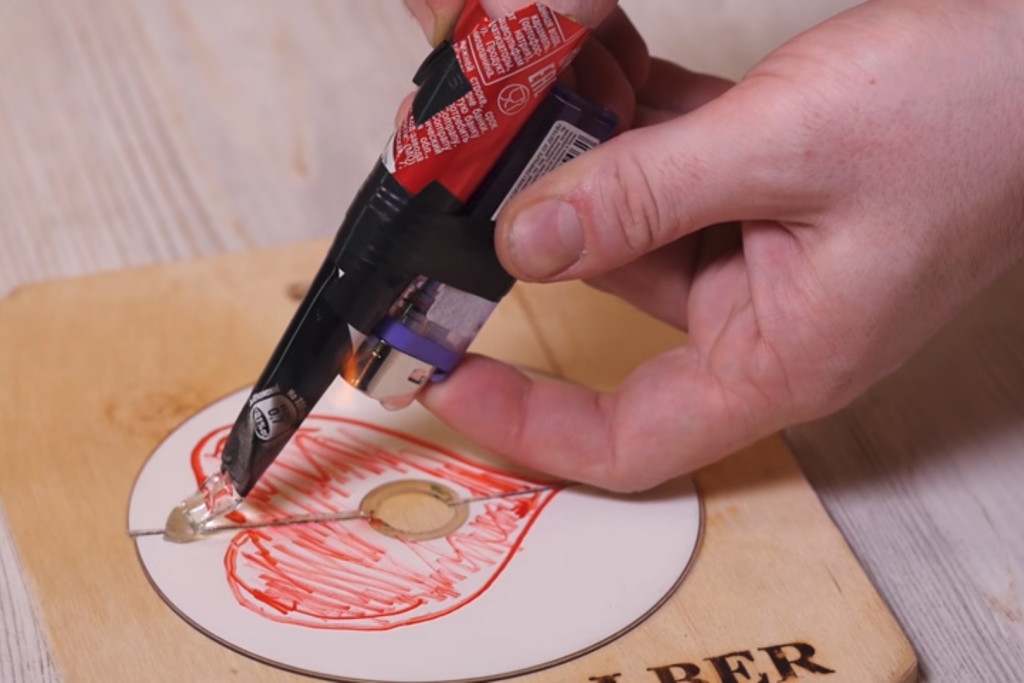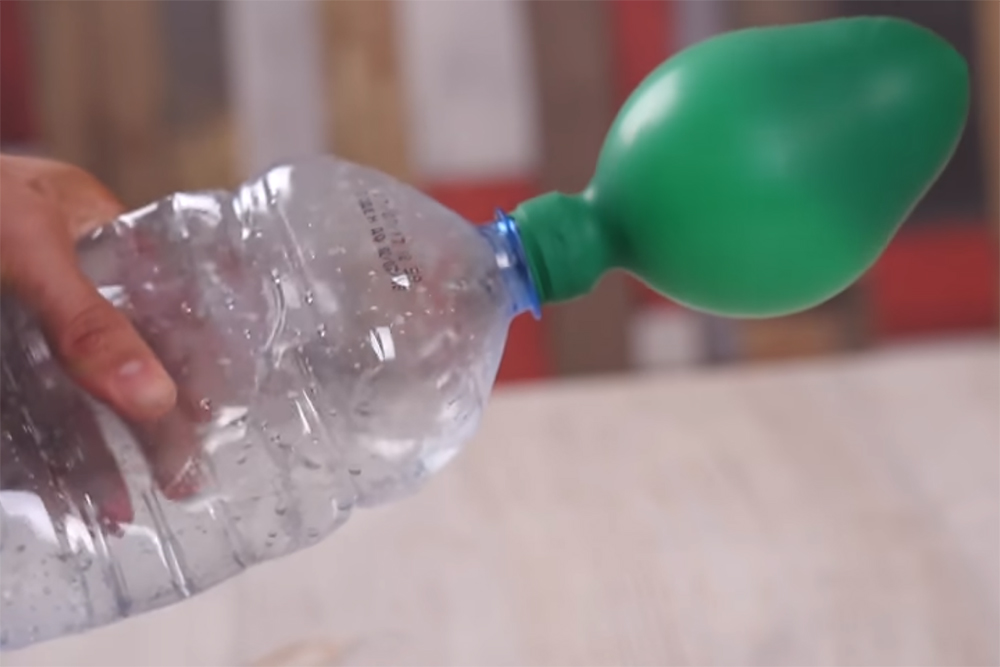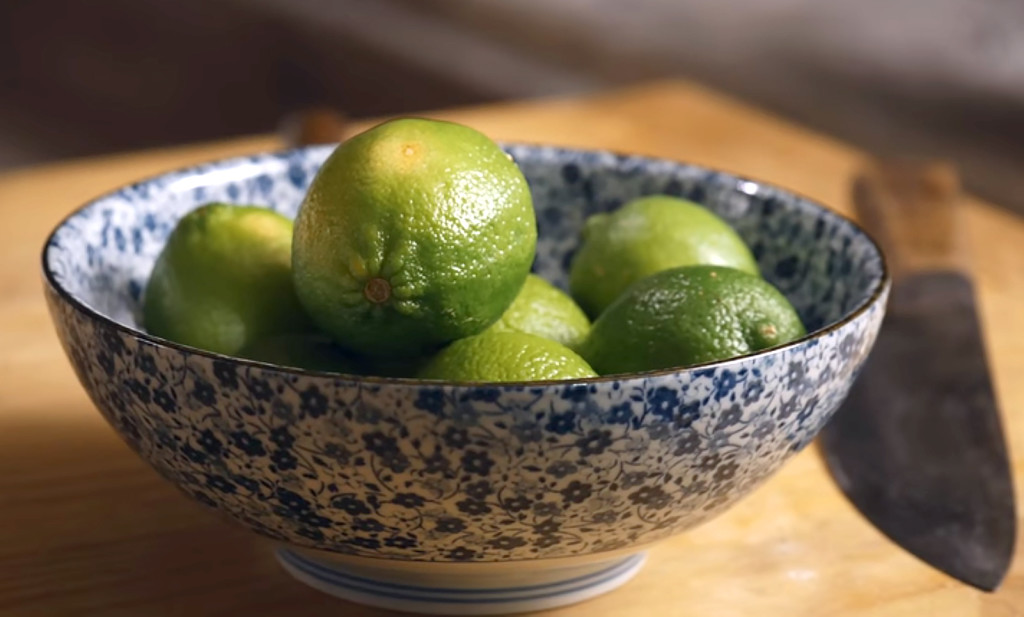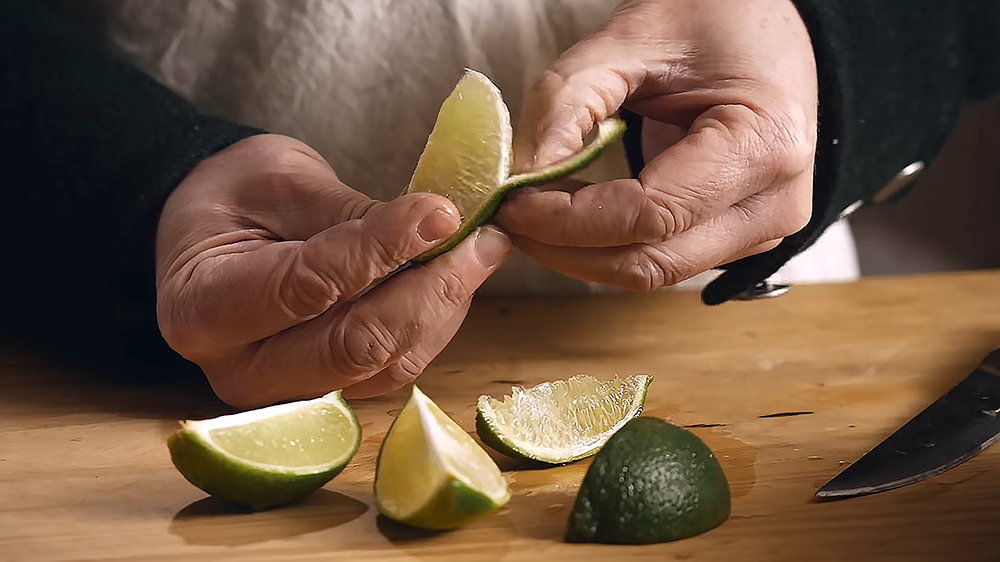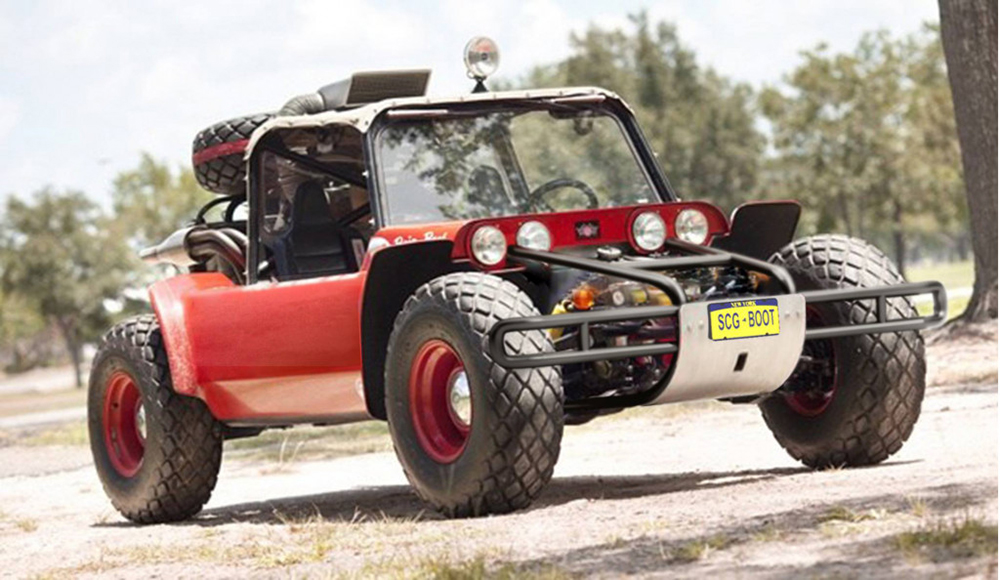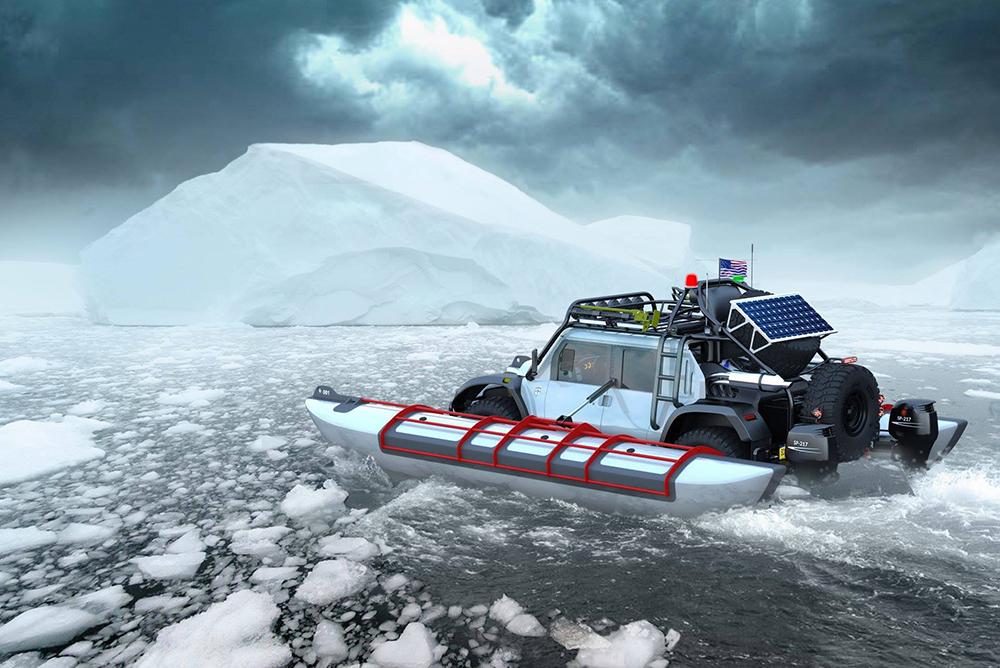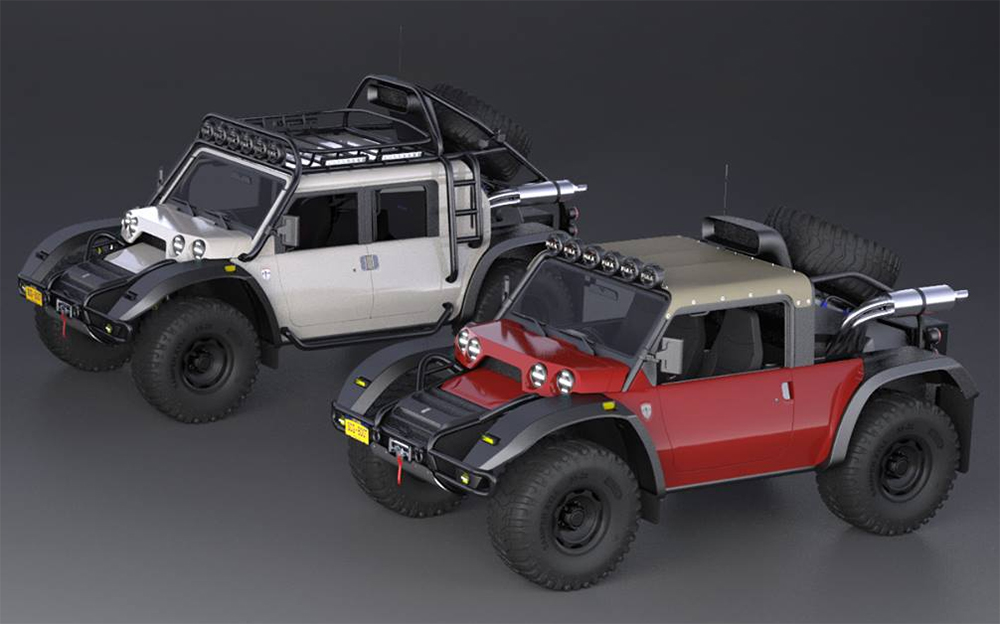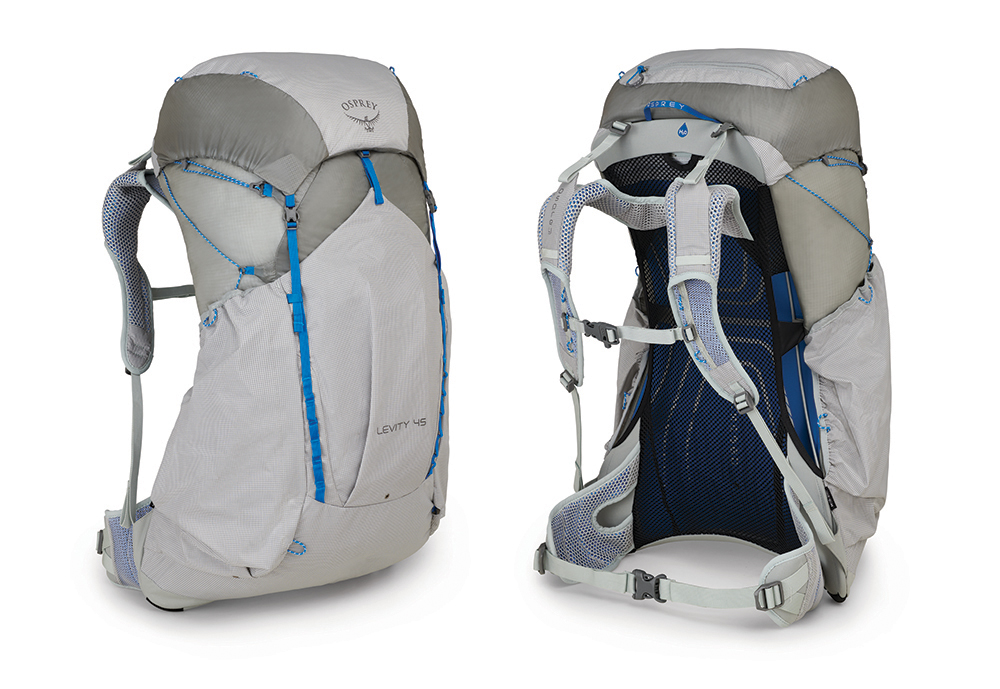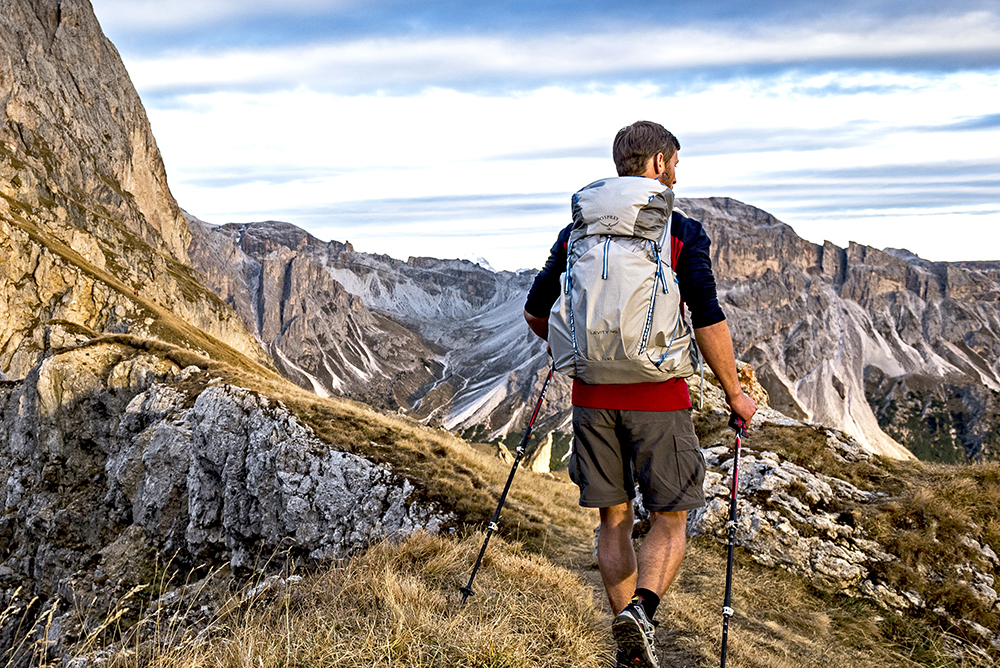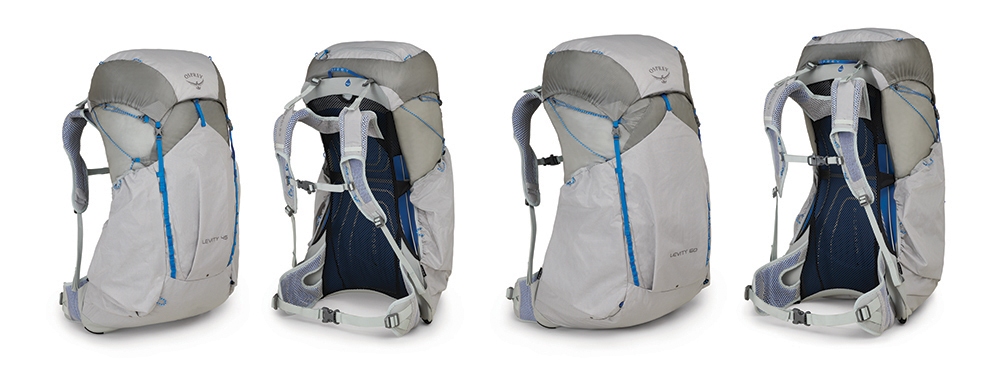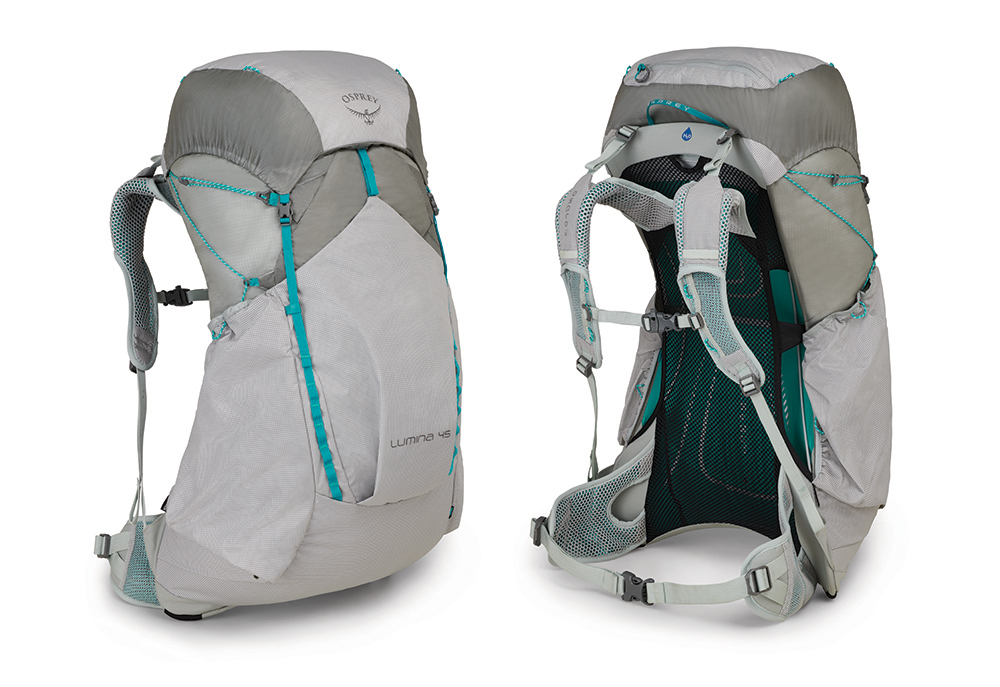Illustrations by Jordan Lance
One minute, she was there — holding my hand, just like she always did. And the next minute she was gone. The sickening panic began to rise within me, like a surge of nausea — but far worse. I whirled in circles looking for her, but in the press of people, there was no trace. As soon as my wife saw the look of fear on my face and realized our child wasn’t standing with us, she began to shout our daughter’s name. But over the din of the busy public square, no response could be heard. Our child was gone.
In this installment of RECOIL OFFGRID’s What If?, the editors asked us to explain our own approach to one of the most horrifying scenarios that a parent can face — a potential abduction. Continuing our new format, the authors explain what we’d personally do, should we find ourselves in this type of emergency situation. As a parent, this has been one of the most unsettling What If’s that RECOIL OFFGRID has formulated.

The Scenario
- Situation Type: Traveling in a foreign country on vacation
- Your Crew: You, your spouse, and your 6-year-old child
- Location: Paris, France
- Season: Winter
- Weather: Rainy; high 47 degrees F, low 39 degrees F
The Setup: You’ve finally made good on your promise to take your spouse to Europe, and as it happens, you’re taking your young child along too. You’ve planned an unforgettable vacation together, and you’re looking forward to giving your spouse an unforgettable anniversary.
The Complication: While visiting Paris during a walking tour you prearranged, you’re venturing down the Champs-Élysées with your group when you stop to listen to the guide’s spiel on the Arc de Triomphe. Your 6-year-old lets go of your hand for a moment, and you think nothing of it. Only a minute goes by while you’re watching the tour guide. You look down to discover your child is no longer next to you.
As you search through the group and the immediate vicinity, you cannot find your child. What do you do? Did they just get distracted by something and are aimlessly wandering somewhere you can’t see them? Were they abducted by assailants stalking the tour group? What’s your response plan? There’s no way to determine for sure what happened, and you’re losing precious time.
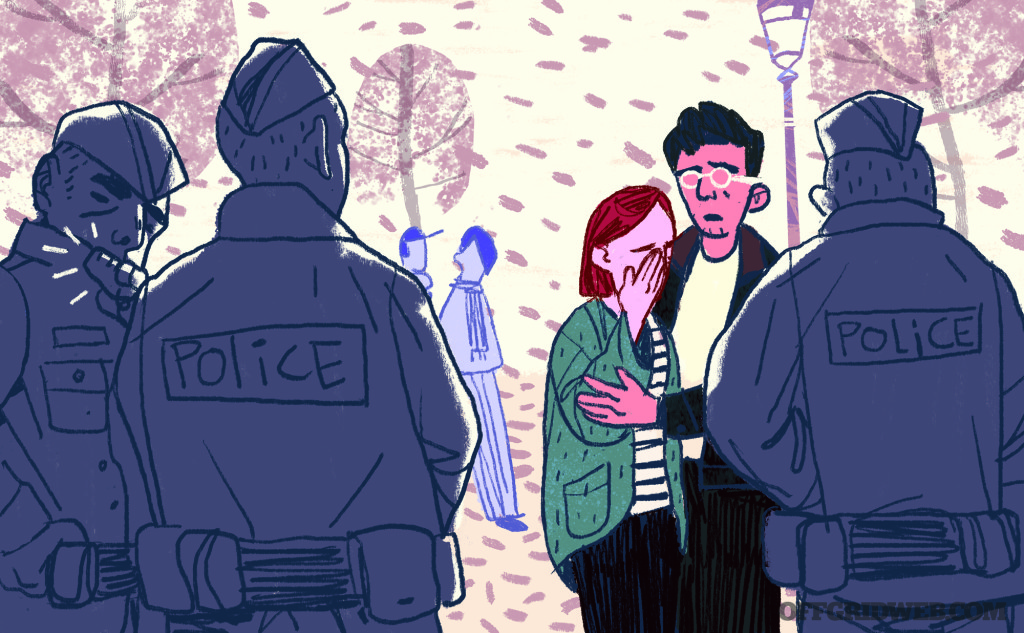
If you were home you’d call 911 or ask people in the vicinity. But you’re in a foreign country where residents may be unfriendly toward Americans, your child doesn’t have their own phone, you don’t know any French, and people in the area might speak limited English. How do you deal with this? Contact the police? Attempt to communicate with the rest of your tour group and mobilize them? Do you search with only your spouse? Try to call the child’s name?
Journalist and Mother: Jacki Billings’ Approach
Prep
As any parent knows, a simple trip to the grocery store with a child in tow can quickly turn into a nightmare without some foresight; so a trip overseas definitely entails some heavy preplanning. To avoid any hiccups, I’d focus on four areas:
Research and more research: Months before we even set foot on an Air France flight, I’d begin to meticulously gather data about our French destination. Aside from the usual hotel and restaurant recommendations, I’d seek out specific data on the tourist locations we intend to visit. I’d want to know when the busiest times are, if there are any sketchy neighborhoods nearby, if there are travel advisories for the area, and the location of important establishments like police stations, hospitals, and the U.S. Embassy.
I’d pick up a physical map of the areas and mark all these locations on my physical copy, then also store the information in my smartphone. Since I always carry a notepad, I’d also jot down relevant numbers like police, hotel, etc,. to keep on my person should I need to dial a number from another phone. To round out my research, I’d familiarize myself with local customs and etiquette so my family could better assimilate into the local culture.
Bring on the tech: During the research phase I’d also tackle technology. My first step would be to call my particular cell phone carrier and verify whether they offer international service and ensure I was placed on that plan. I’d also inquire as to whether my cell phone would work overseas. If not, I’d purchase an unlocked phone that would allow me to make and receive calls and texts while in France. While I’m tracking down tech-related information, I’d also take the time to research GPS devices for my child. Though we heavily emphasize sticking together, the reality is that sometimes kids wander off. To ensure we keep tabs on our 6-year-old, I’d purchase a good GPS locator that we can use while in France to track his location should we become separated.
Learn the language: Communication and the ability to understand basic concepts and words is vital when traveling overseas. While I don’t expect my family to become native speakers overnight, I’d insist that we start learning French months before the actual trip. I’d most likely sign us up for actual classes, but if cost or scheduling proved too difficult, we’d, at the very least, use software or online tutorials. Setting time aside each day to study, I’d make it a priority for us to know how to communicate on a basic level. In addition to actually studying, I’d invest in a pocket phrase book/dictionary equipped with basic and commonly used phrases for us to keep on our person while in France. This would prove useful if we need something specific and are conversing with a French speaker who knows little English.
Prepping my child: One of the most critical steps in the preplan process would be prepping my child. Though visiting France would be an exciting and fun-filled adventure for him, it does mean lifting him out of his normal schedule and routine. Doing so might cause some unpredictable behavior that I’d want to mitigate before stepping on French soil. We’d start by including him in the French lessons, teaching him basic words and phrases to help him communicate. Knowing how to tell someone who he is, who his parents are, and key phrases like “Help me” or “I’m lost” would be vital should he become separated or one of us become hurt or injured while overseas.
We’d also make a point to continue reviewing our policy on “bad guys” and how to defend one’s self — information we’ve already covered with our child but that we want to continually refresh. Since he’s just 6 years old, wielding a gun or knife isn’t really practical, so I’d focus on encouraging him to use basic self-defense skills to ward off potential kidnappers. Criminals rarely want attention drawn to themselves so if my child creates enough of a distraction, he might prove too difficult for a kidnapper to move to another location — an act that likely leads to death.
To prep him for what he might face in the real world, we’d role play to allow him to practice yelling our names, screaming, biting, scratching/gouging, kicking, and hitting. Though we regularly reinforce what to do if he becomes lost, we’d certainly amp up those conversations. We’d review that it’s best to stay put and yell for mom or dad, using our real names, until we locate him. If we’re nowhere in sight, we’d reinforce that he should look for police officers or security guards to ask for help. Lastly, I’d purchase a whistle for my child to wear while in France. Since it can be heard more clearly over street noise, we’d practice using it if someone tries to grab him and run.
On Site
After a long flight trying to entertain a 6-year-old, I’d be ready to kick back at the hotel for a bit. Before slipping into a jet-lagged coma, I’d take a little time to attend to some details. First, I’d confirm that our cell phones do, in fact, work in France. If they consistently show no signal, we’d purchase burner phones to use while in country.
Once we got some rest and before we headed out on our Champs-Élysées adventure, I’d snap a picture of my child on my phone. This picture could prove useful if he became separated, with the most up-to-date information on what he looks like and what he’s wearing. Speaking of clothes, I’d also outfit him in bright colors or patterns, such as oranges and lime greens, so he’d better stick out in a crowd and thus be easier to spot.
We’d review safety information with our child, including what to do if he became lost (look for police officers in the area) and what to do if someone tried to take him (fight and draw attention). I’d also whip out the whistle for him to wear around his neck as well as the GPS locator watch I bought to track him. Before we left the hotel, I’d verify the GPS system is working properly with my phone to make tracking my child easier and efficient.
Finally before heading out, I’d equip my son with a sliver of paper from my handy notepad with his name and age in addition to our information on it. This paper would serve as an important tool should he become too nervous to recall his French and unable to communicate who he is and who his parents are.
Once we arrived at the Champs, my husband and I would, once again, reiterate that our child should always have “hands on” mommy or daddy and that, at no time, should he wander off or let go of us. We’d also, again, review what to do if he became lost or someone attempted to take him somewhere else.
While we gather with our tour group, I’d take special note of the area. I’d look for any individuals that seem out of place or as if they’re paying special attention to my family in particular. If anything seems off, I’d alert my husband so we could keep an eye on them and a tighter grasp on our child. This awareness would continue throughout the tour.
As we prepare to embark on our tour, we’d want to also take some time to familiarize ourselves with our tour group and guide. We’d look for anyone within the group who speaks English and suss out any potential dual French-English speakers. Introducing ourselves would be the easiest way to ascertain that information and become friendly with those we’ll be spending the next few hours with. We’d need to take some time to introduce ourselves to the tour guide. While I’d have selected a tour with a dual French-English–speaking tour guide, we’d need to check out just how much English he/she knows so that if we need anything we know the level at which we’ll have to communicate.
Crisis
A parent’s worst nightmare — what started out as the trip of a lifetime has quickly devolved into panic as our child has gone missing. Despite the fact that we’ve discussed at length that he should never let go of mommy or daddy’s hand, he’s no longer beside us. We’re left wondering whether he simply became distracted and walked off or if more sinister forces are at play.
After calling his name and quickly searching our nearby vicinity, we’d make the decision to alert the tour guide and group. Putting those French classes and our dictionaries to use, my husband would communicate to the tour leader and group that our child is missing. While he was informing our tour guide, I’d grab my cell phone to call the police. Let’s say it had no signal in the area — I’d want to locate a working cell phone as soon as possible.
When we arrived on site, I found the English speakers in my tour group. I’d immediately ask them to help me locate a phone and start sweeping the area for signs of my child. Even if my phone has no signal, it does carry a vital piece of information — the picture I took earlier. I’d pass the picture around the group while I continued to call out for my child and track down a phone.
Once we got a working phone, we’d use the notepad I carry with emergency numbers to dial local police. We’d want to report our child missing as soon as possible. If our child turns up nearby, a simple case of wandering off, we can simply apologize for his misbehavior with just mild embarrassment. On the other hand, if he has been taken, quick police response and a perimeter might save my child’s life.
While my husband is working with the tour group and members begin spreading out in search of our child, I’d look at my device to see if I can track our child via the GPS watch I had slipped on his little wrist earlier. Best-case scenario, it’d alert me to his location nearby; however, if we couldn’t establish his proximity, we’d relay the GPS information to police as we followed the tracker. During this time, we’d keep eyes and ears peeled for any signs of struggle in the crowd. Knowing that we taught our child to fight back, create a scene, and cause as much noise and disruption as possible, I’d be listening for my name or the whistle and watching for gawking crowds or signs of distress.
Assuming he hasn’t turned up by the time police arrive on scene, I’d produce the picture of my child I snapped that morning. With police now on hand, my husband would call the embassy and notify them of the situation, hoping to be granted additional resources to locate our child.
Conclusion
A missing child is a terrifying ordeal for all parties involved, but preplanning to eliminate certain variables as well as staying aware and responding quickly to his disappearance would maximize our chances to bring him back safe and sound.

Survival Expert: Tim MacWelch’s Approach
Prep
Do My Homework: Planning and research are a vital part of all forms of preparedness. So the planning for a trip so far from home would be much more extensive than the planning for a local getaway. I’d endeavor to find out as much information about higher crime areas in Paris, then pick a hotel and plan activities in a “safer” part of town.
We’d also take the time to learn a little bit of the language. Yes, English is a common language in Europe, but it’d be foolish to expect everyone to speak a little English. To increase our chances of successful communication despite the language barrier, I’d pick up an English to French dictionary. Any traveler should know more than just “Where’s the bathroom?” in the local language.
Wherever you travel, it’s smart to learn the words for “yes,” “no,” “please,” “thank you,” “excuse me,” “hello,” “goodbye,” “I don’t understand,” “I’m lost,” “Do you speak English?”, and of course, “Where’s the bathroom?” And make the effort to pronounce your new words correctly — it really helps.
Set Up My Phone For Travel: The ordinary mobile phone may not work “as is” if taken to another country, but that can usually be remedied. Before the trip, I’d visit my local phone carrier store and ask for help. A great deal of confusion can be avoided by working face-to-face with a professional. There are several issues that can prevent a phone from working abroad, and a knowledgeable customer service rep should be able to handle them all. They can tell me whether the phone is locked or unlocked, if the carrier has a partner in the city and region I’ll be traveling to, and so many other tech issues.
I’d also look into the possibility of purchasing a local SIM card when I arrive in Paris, France. This may be much cheaper than buying an international phone plan or paying the high price for roaming. And speaking of phones, we’d need some phone numbers to call if we ran into trouble. I’d write down the local emergency numbers in Paris, and, just as important, I’d get the number for the U.S. Embassy there.
School My Child: The lessons of “stranger danger” tend to take away some of a child’s innocence, but these are necessary lessons in today’s messed-up world. Child abductions are a painful reality that must be faced by today’s parents. The best way to face this issue is to give our kids the tools they need to recognize and react to a dangerous situation. And while we don’t want to make children paranoid, they really should be prepared for dangerous situations.
Teach your little ones (and even your teens) that they should never go with a stranger, regardless of what the person says. They should never get into a vehicle, go into a room, or enter a building with a stranger. Finally, children should be taught to listen to their instincts. If any adult (even family friends and acquaintances) asks them to keep secrets, go with them unexpectedly, or do anything that makes them uncomfortable, the child should shout “No” loudly and go for help.
Going a bit further, children don’t always need conventional weapons to defend themselves. They can be taught self-defense tactics (screaming, biting, gouging eyes) that can be used during an attempted abduction. And when the emergency isn’t an abduction, just a simple matter of getting lost, we teach our children to stay put.
A simple set of instructions (like stand still and start counting) will give them something to focus upon (besides fear), and standing still makes them easier to find. Finally, if your child realizes they’re in trouble, instruct them to go to a uniformed police officer or similar law keeper. You can even specify that they go to a female law enforcement professional, who may be naturally less intimidating to a little child than a male officer.
On Site
Once we reached Paris, my family made our way to the hotel to relax. Our phones were working, thanks to our efforts to ready them for international usage. Due to the flight time and the short winter days, we arrived late in the evening, so we decided to get a good night’s sleep before we began our exploration of the city. While the girls were getting ready for bad, I slipped out to the hotel’s little gift shop, where I bought an overpriced local map.
Since I had no familiarity with the area, this map would be a key part of navigating through the city. Bringing it back to the room, along with some interesting-looking French snacks, I then studied the street layout carefully. This map would go in our daypack as a reference, but we’d try to avoid walking around with it. Standing there with a map would be a dead giveaway we were tourists, and that could draw attention that we didn’t want. After tossing and turning on the hard small bed (and suspecting that bedbugs were biting me), we ate a cold and wildly overpriced room service breakfast.
During the meal, we went over the hotel name and address with our child, as well as mom’s phone number just in case we became separated. Every child should know at least one parent’s phone number by heart, starting at the youngest age possible. We also made sure she was carrying a card in her pocket with the hotel name and phone number, and her name and our phone numbers. As we left the hotel, I grabbed one of the hotel brochures for our daughter to carry. It had a picture of the building on the front, as well as the address and phone number. I folded it in half for her and she slid the brochure into her pocket.
Crisis
From the first moment we lost track of our child, my wife and I tried our hardest to swallow the panic that’d be threatening to overwhelm us. With our child missing, and since we didn’t know if it was a kidnapping or just a lost child, we informed the tour group leader and approached the nearest authorities patrolling the area. And we continued to follow any parent’s instinct — calling for our child — but we knew that a law enforcement BOLO (be-on-the-look-out) would be even more helpful than our frantic searching.
With the English-to-French dictionary in hand, I communicated “lost” and “child” to the first police officers we found in the square. Since our child had the hotel information, my wife decided to go back to the hotel, and I stayed in the park with a few officers and the tour group leader. After a very tense 15 minutes, my mobile phone began to ring. I was in shock from the whole ordeal, so the phone rang a few times before I was responsive enough to answer it. The call came from my wife. She was at the hotel with a very nice young female police officer — and our daughter — who had left my side to look at pigeons and gotten disoriented. It turned out that when the officer saw a lone child crying and looking around in a panic — she intervened.
Our upset child didn’t remember the info card in her pocket, just the brochure from the hotel, but that was all that the officer needed to see. Overwhelmed with relief and gratitude, I told the officers and the tour group leader, and I ran back to the hotel. My wife, my daughter, and I held each other for several minutes — so relieved that this had only been a “lost child” situation and nothing more sinister. And after another chat with the police, we headed back to our room to regain our composure and rethink our plans to visit crowded places in Paris.
Conclusion
When the worst has happened — your loved one is missing — what can you do to help? The first and most important thing you can do to help your loved one is to maintain your calm as best you can in the terrifying situation and contact the authorities. If the incident has happened in your home country, of course you’d contact the local authorities (and federal law enforcement, if abduction was suspected). But if the issue has occurred abroad, try to reach your embassy or consulate to seek help. In France and most other countries, you can reach out to the U.S. Embassy and ask for American Citizen Services. They can coordinate with local law enforcement and any American FBI offices in the area.
If (for some strange reason) you can’t get help from your own countrymen, then you’ll have to rely on the local authorities or local government office. Whoever ends up assisting you, be patient with those who are helping you and don’t expect a quick resolution to this personal crisis. Even though the odds of your child being kidnapped by a stranger are very low in the U.S., France, and most countries, it’d be very nerve-racking to wonder “what if” for even a short time while your child is lost.
For more information on protecting your family, visit the website of the National Center for Missing and Exploited Children at www.missingkids.com.
More From Issue 25
Don’t miss essential survival insights—sign up for Recoil Offgrid's free newsletter today!
Read articles from the next issue of Recoil Offgrid: Issue 26
Read articles from the previous issue of Recoil Offgrid: Issue 24
Check out our other publications on the web: Recoil | Gun Digest | Blade | RecoilTV | RECOILtv (YouTube)
Editor's Note: This article has been modified from its original version for the web.


